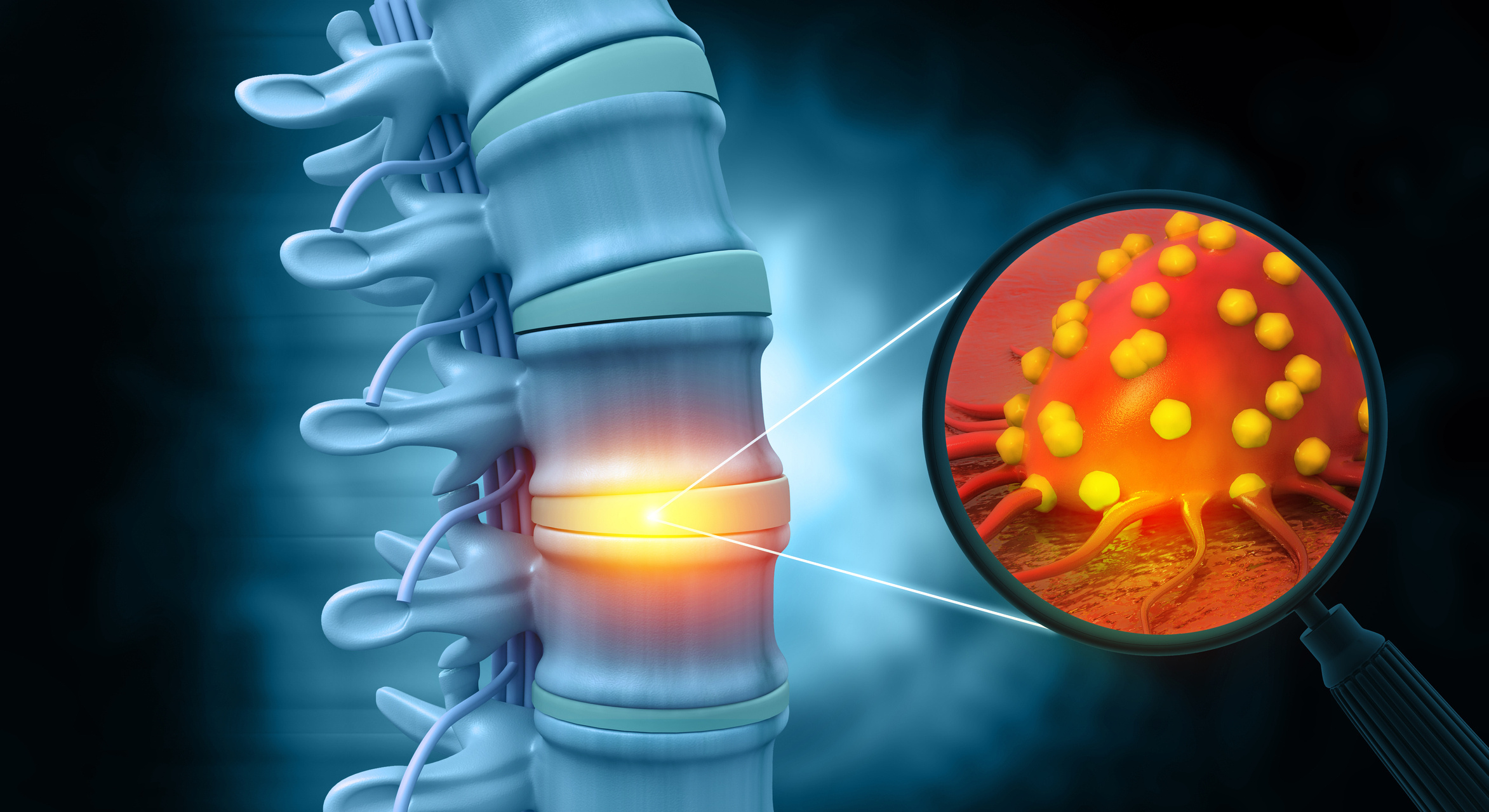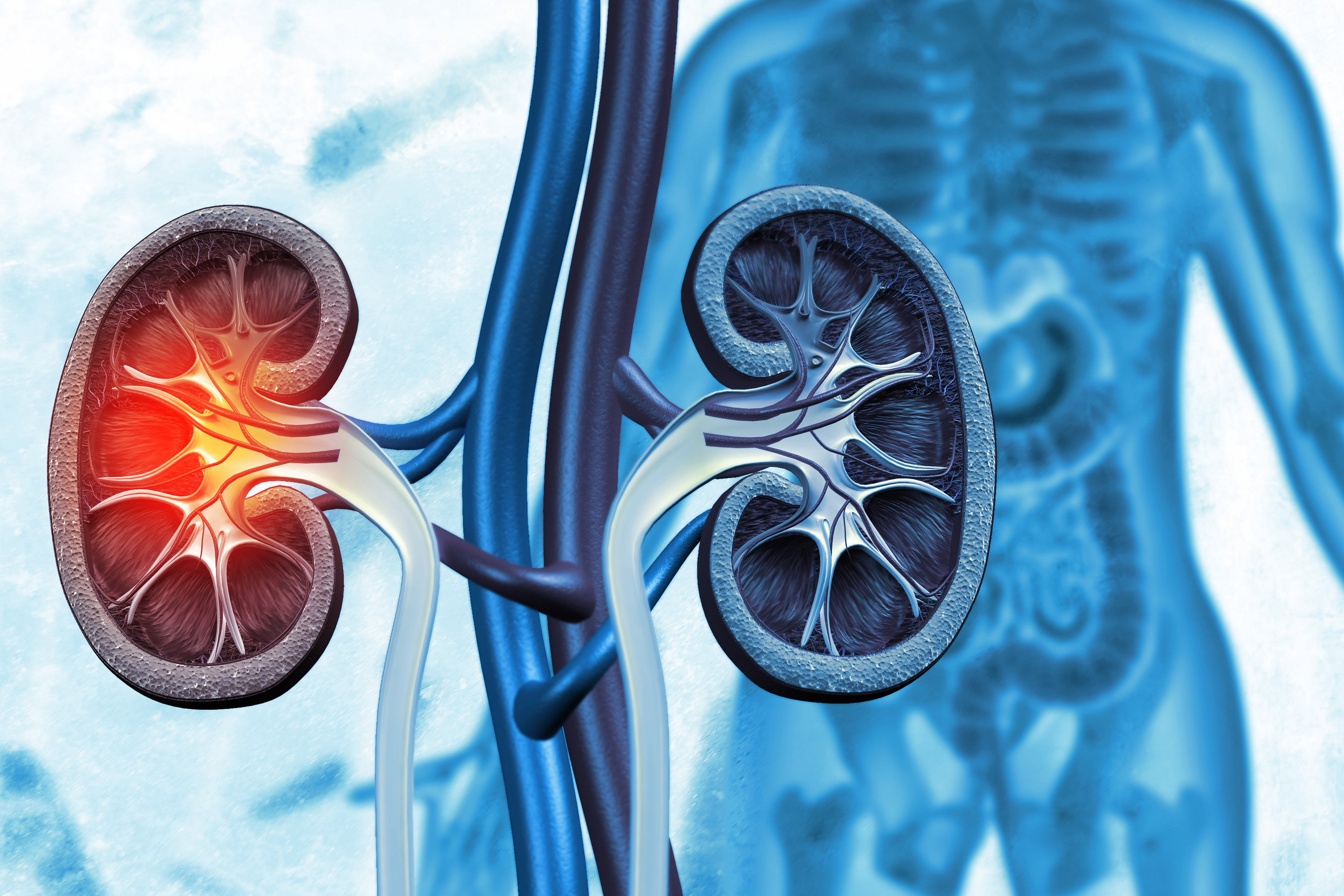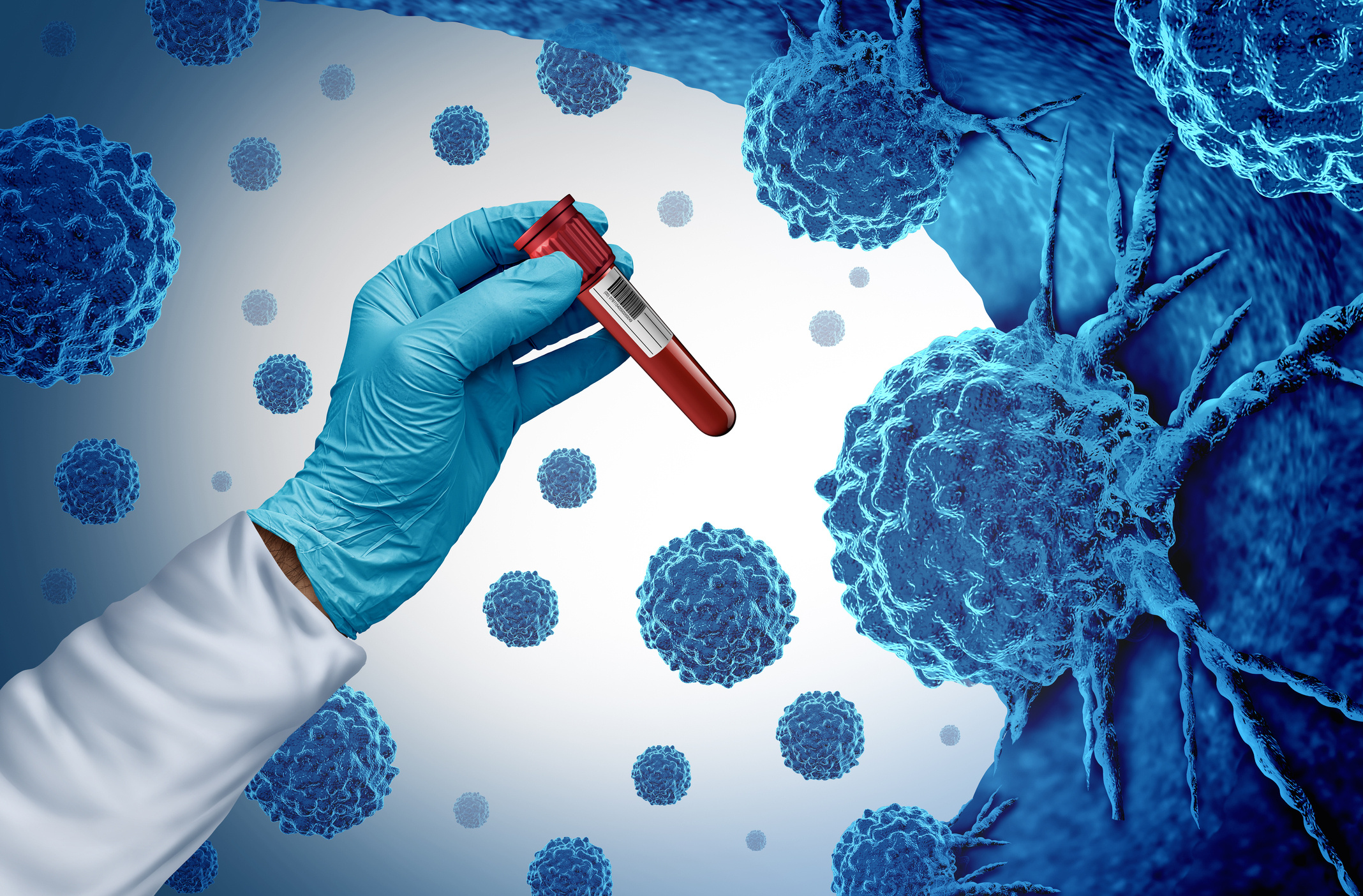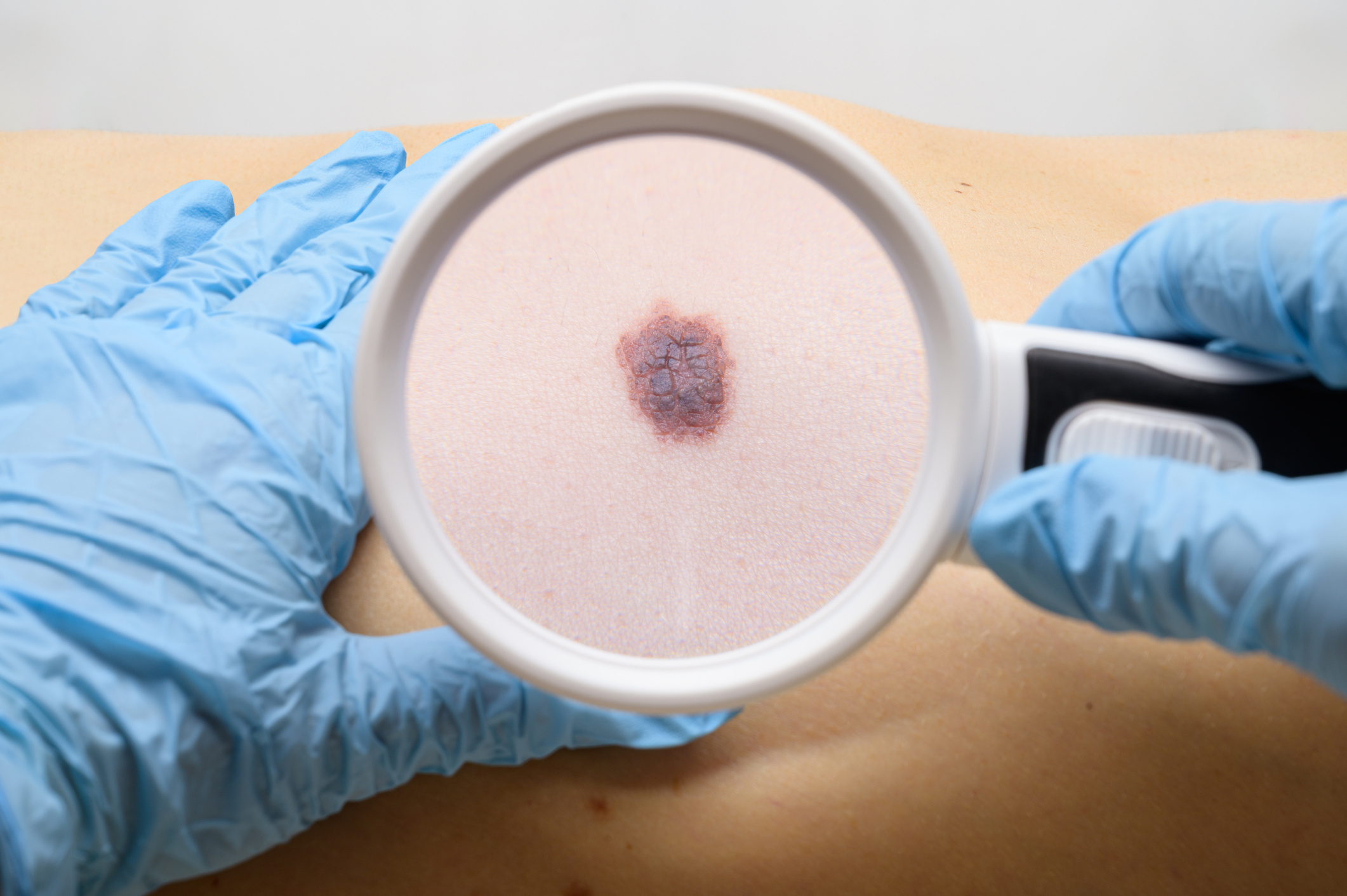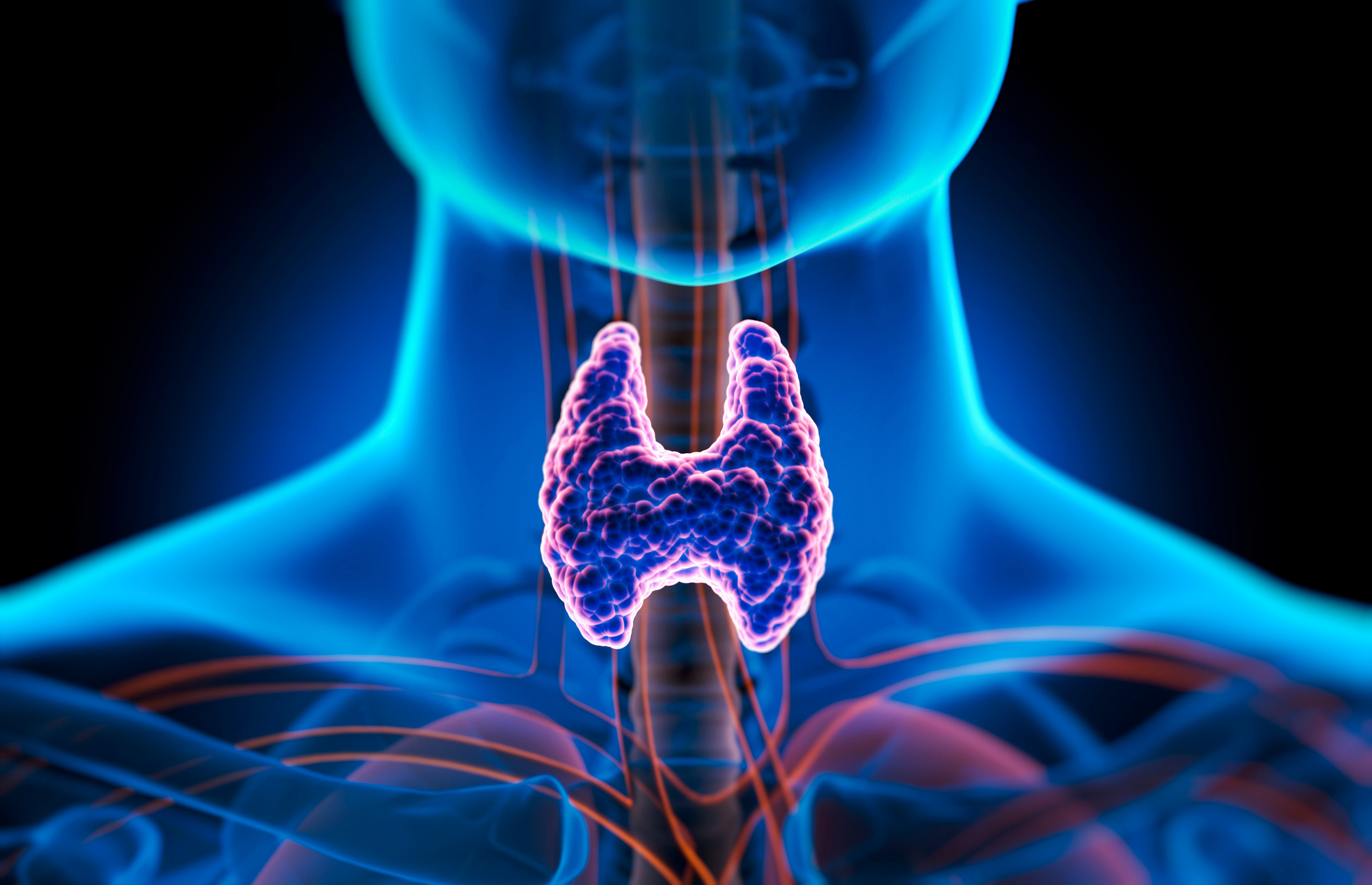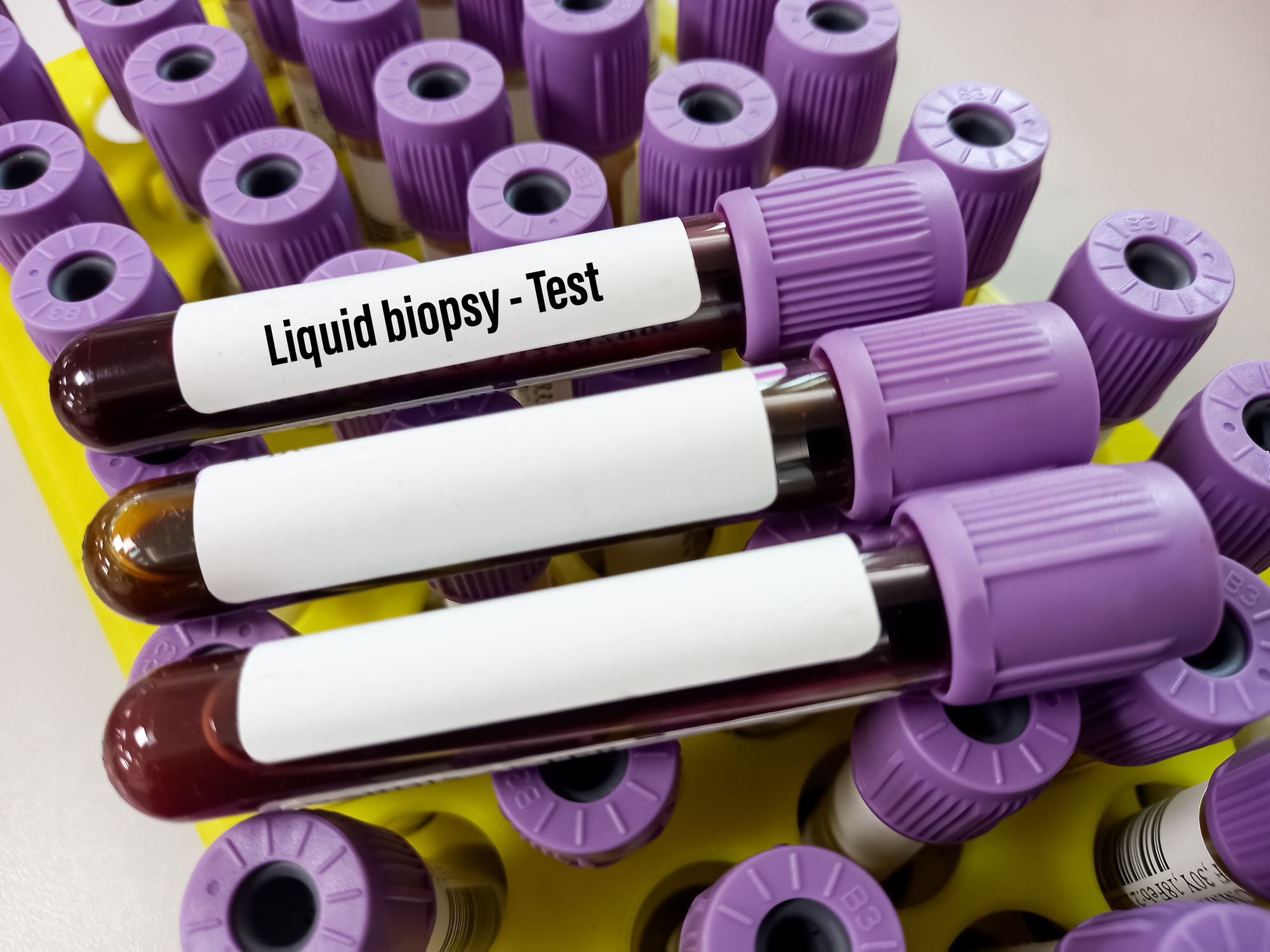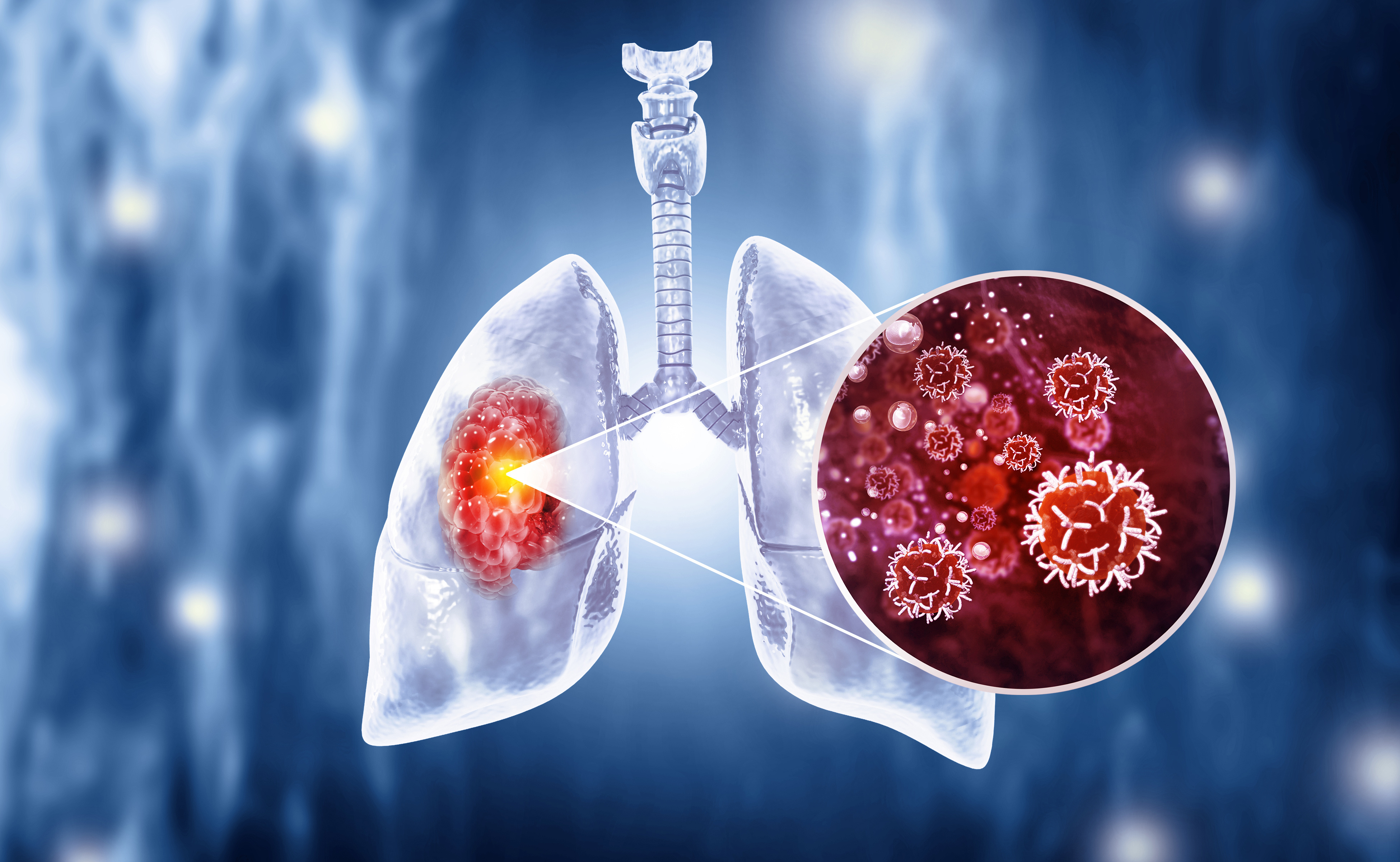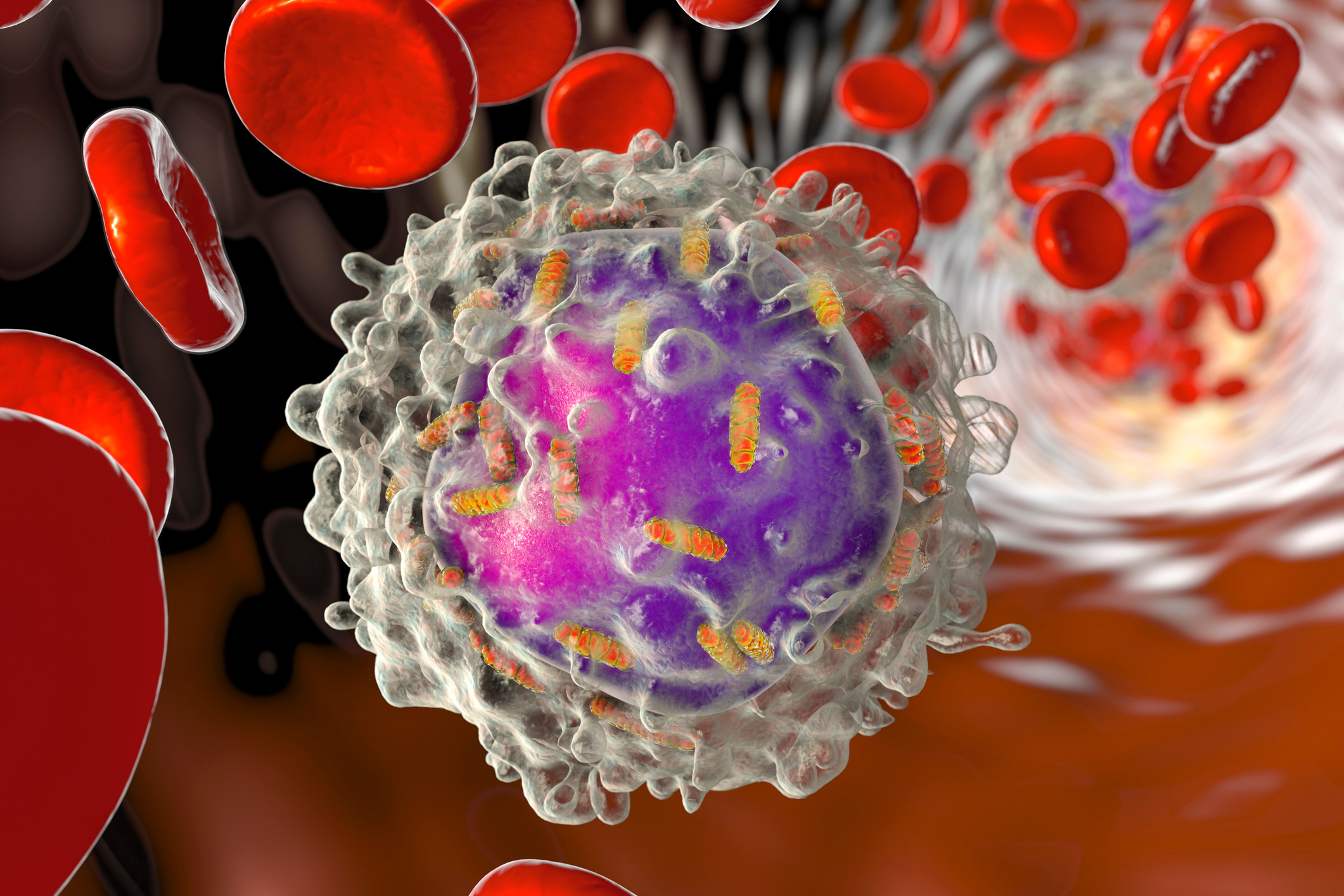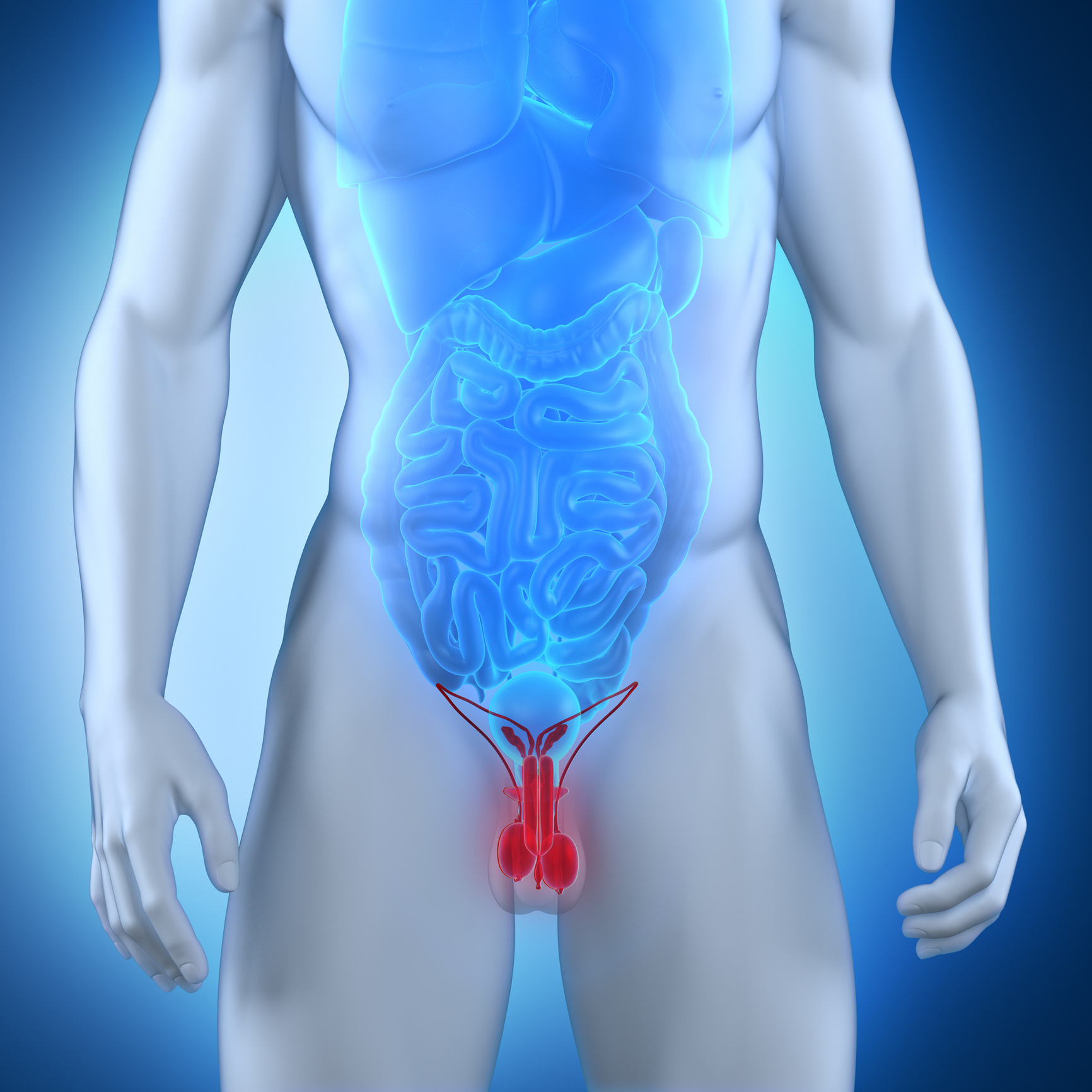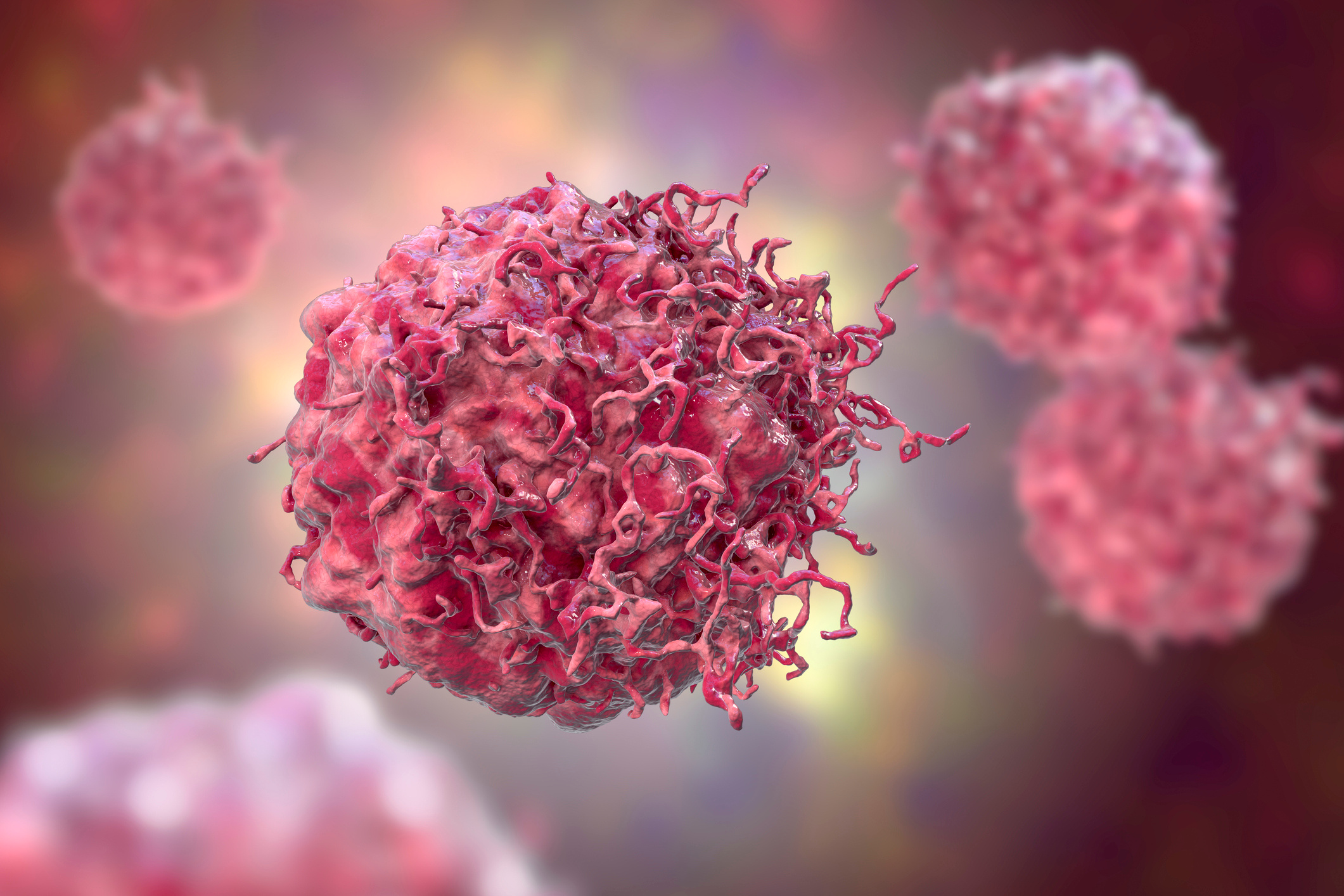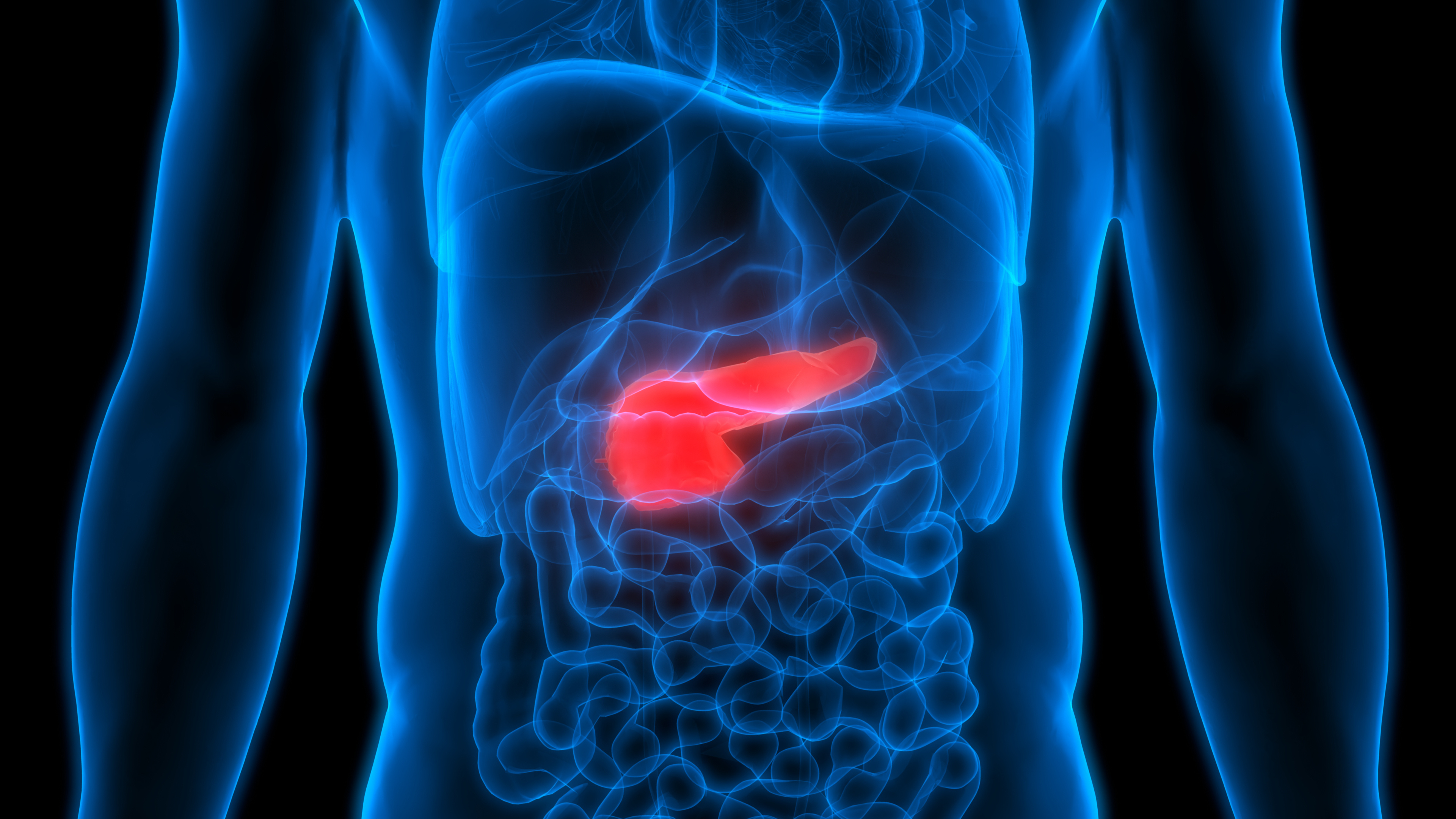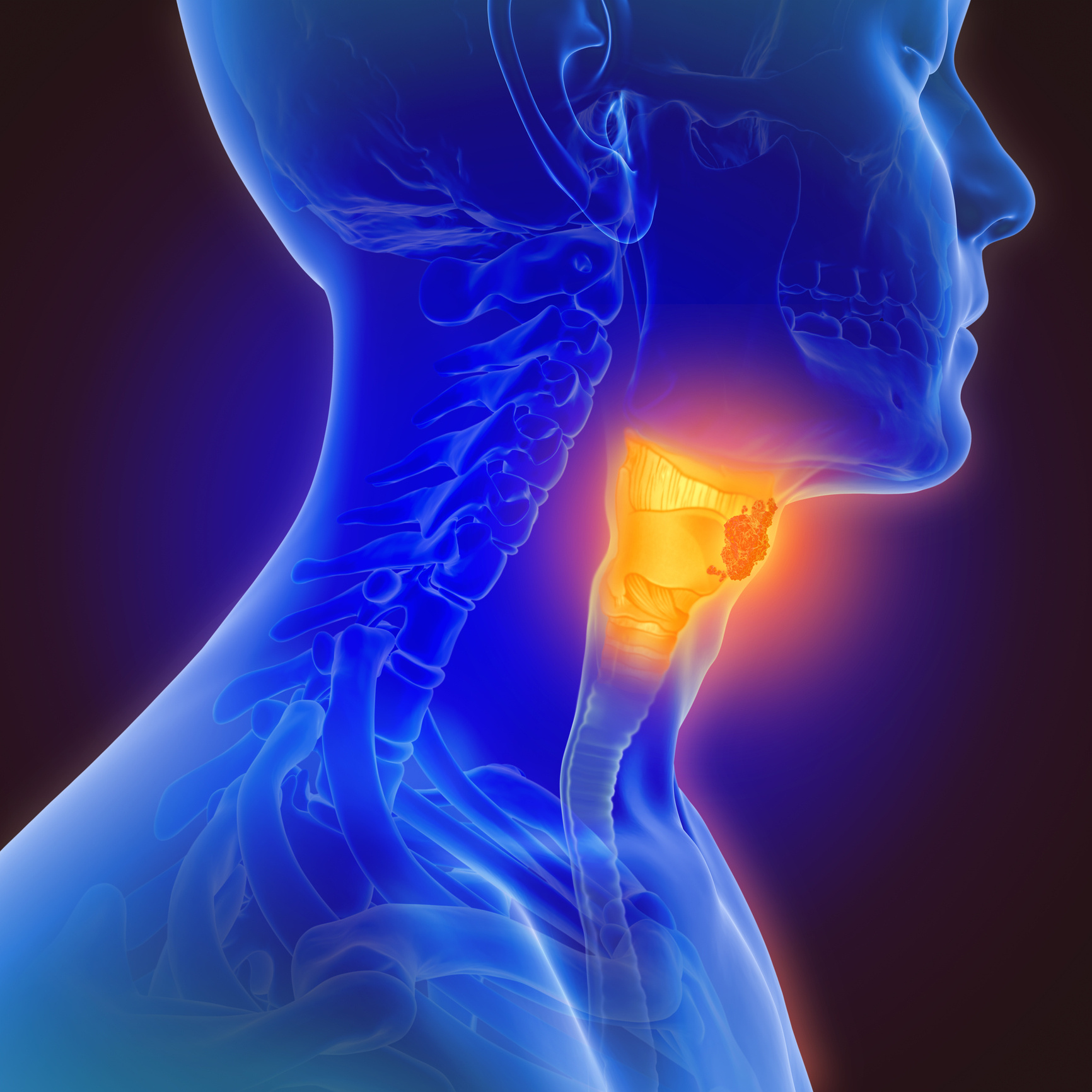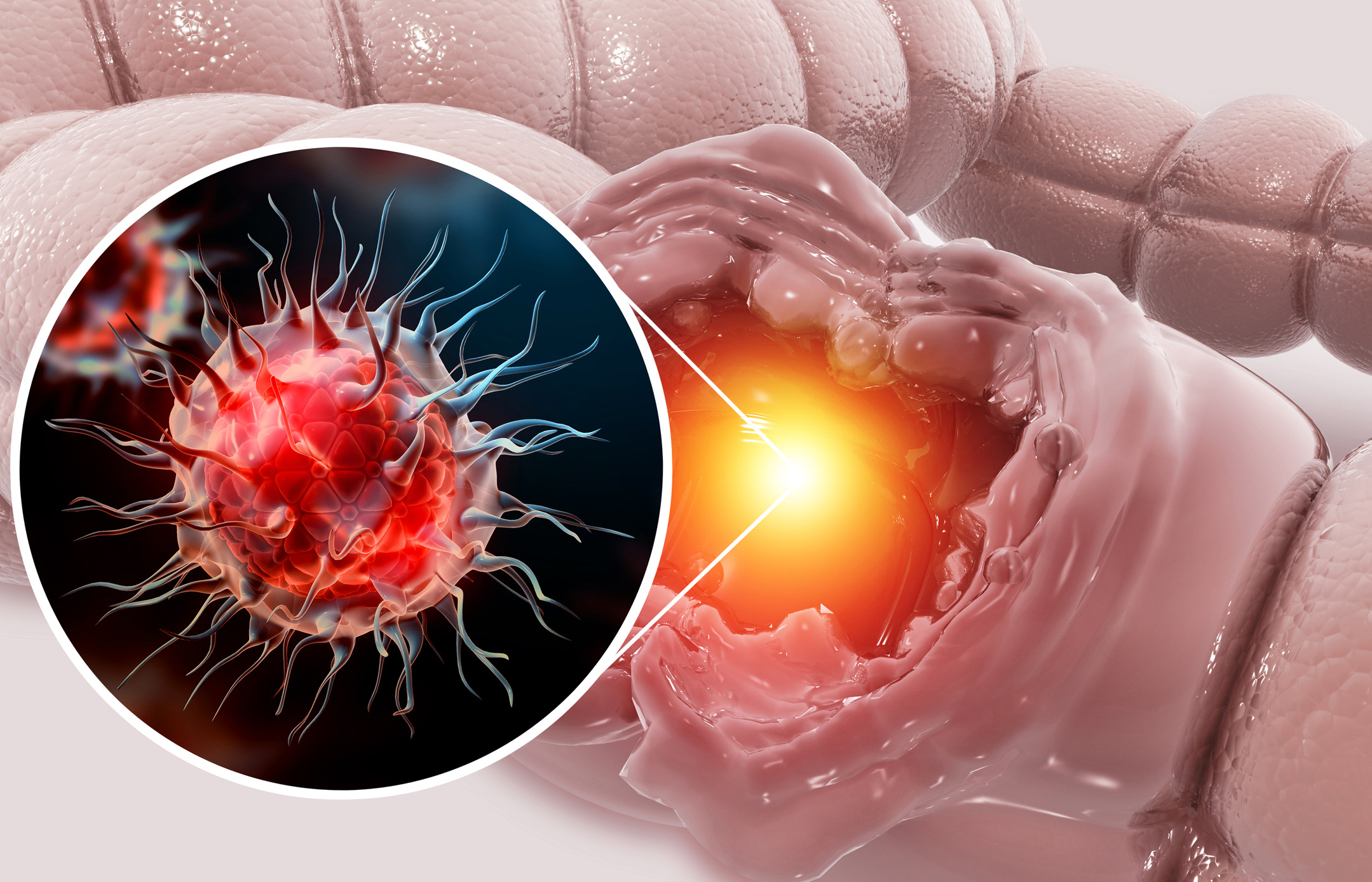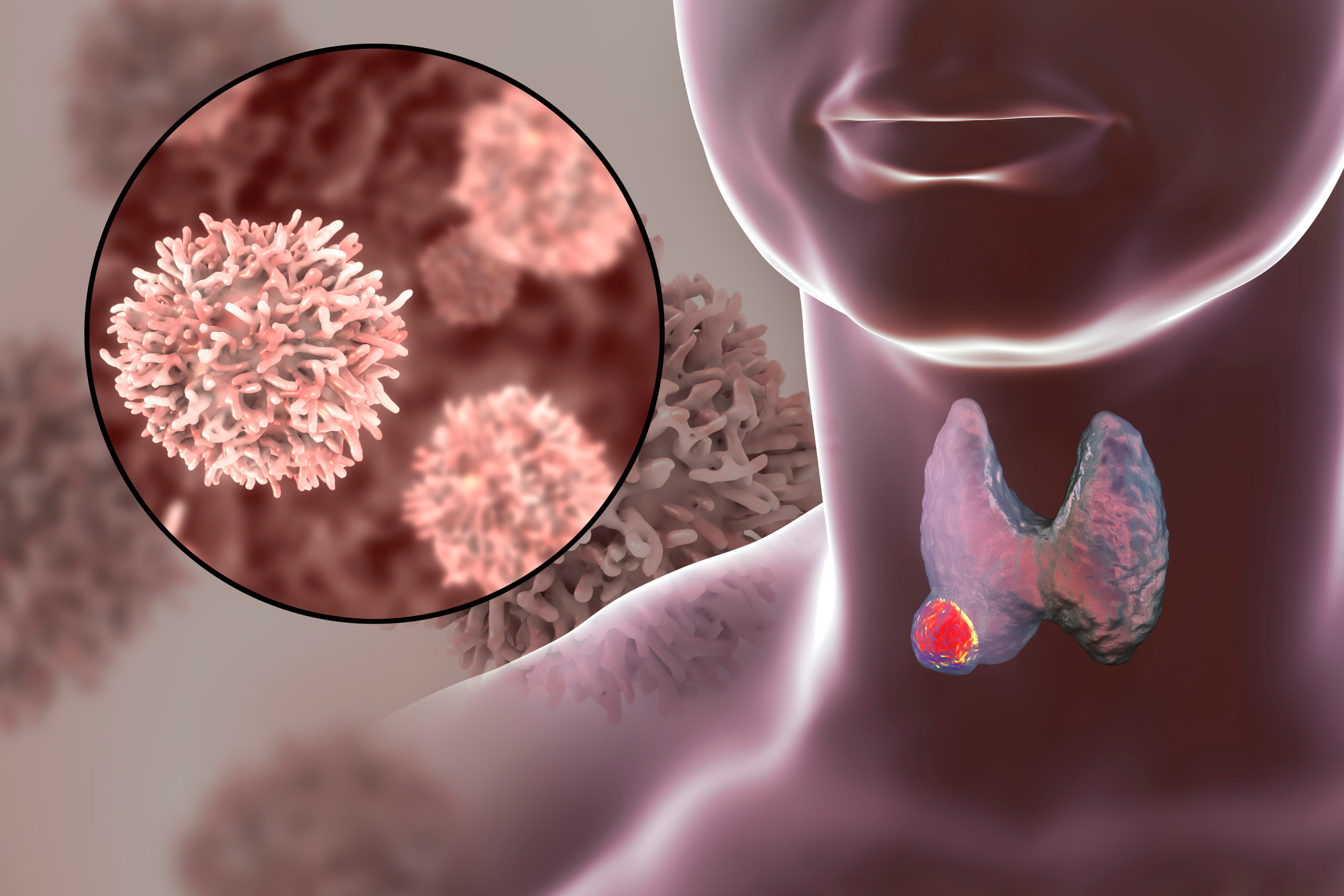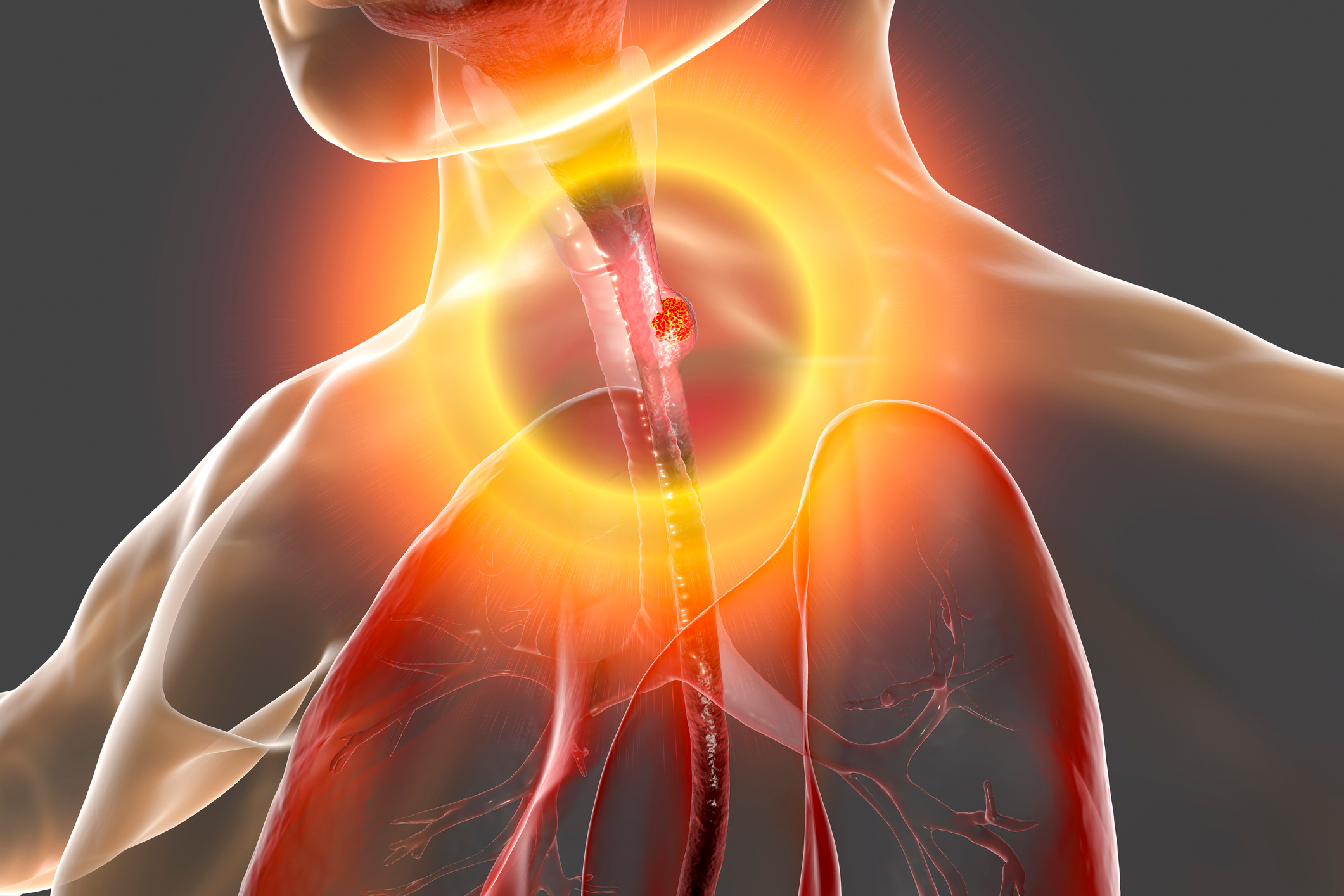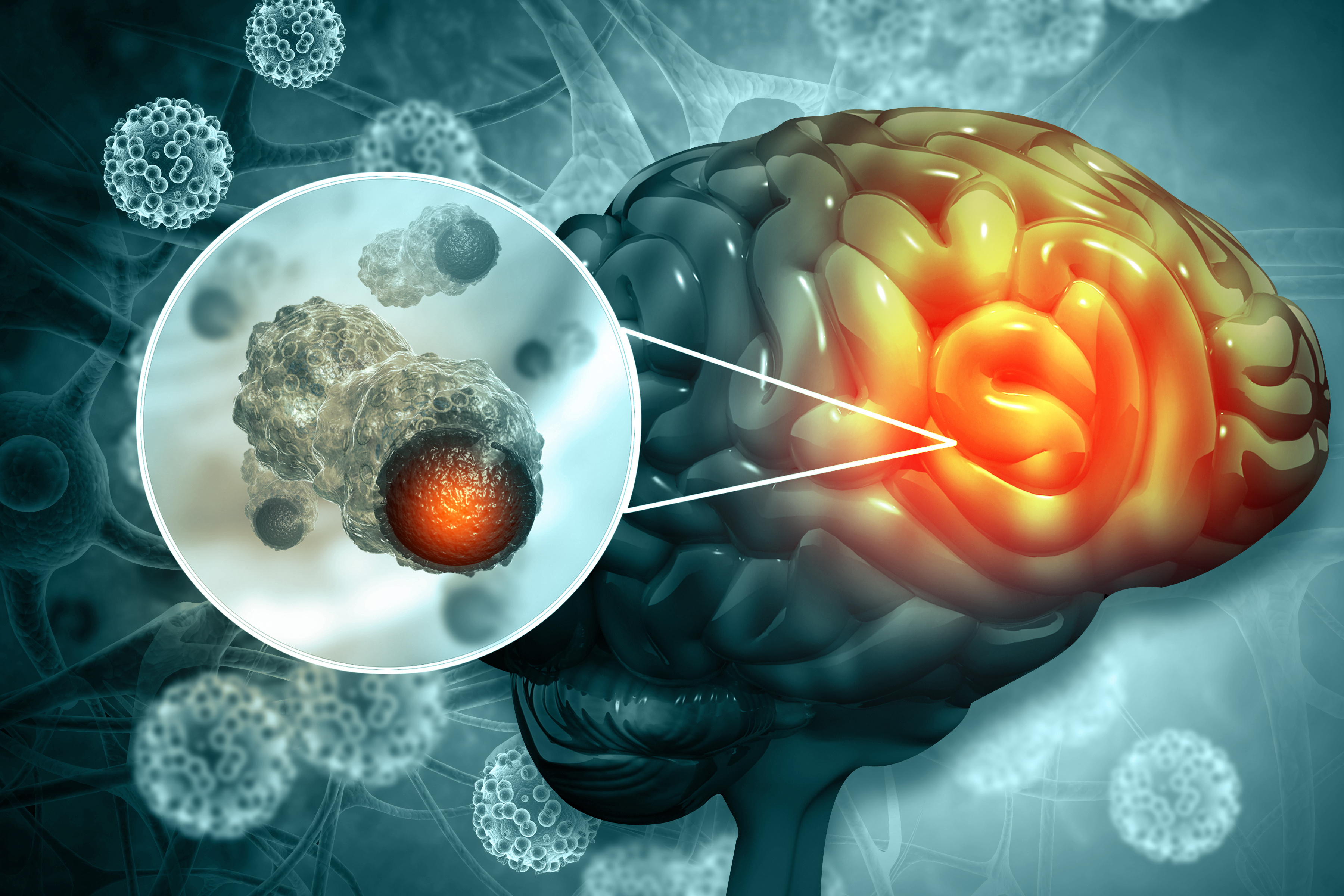
Hale Başak Çağlar
She has been working as a radiation oncology expert and radiation oncology director at Anadolu Medical Center since 2017.
Speciality
- Varian Linear Accelerators (Trilogy
- TrueBeam) CyberKnife (VSI
- M6
- MLC included) Gamma Knife (C and Perfexion models)
Education
University
Gazi University, Faculty of Medicine, Ankara 1998
Specialty Training
Marmara University, Faculty of Medicine, Radiation Oncology Department, İstanbul 2003
Assistant Professor
Marmara University, Faculty of Medicine, Radiation Oncology Department, İstanbul 2010
Professor
Medipol University, Faculty of Medicine, Radiation Oncology Department, İstanbul 2015
Institutions Worked At
- ASTRO (American Society for Theurapetic Radiation Oncology)
- ESTRO (European Society for Theurapetic Radiation Oncology)
- EORTC (European Organisation for Research and Treatment of Cancer)
- Radiosurgery Society (Board of Director)
- Turkish Lung Cancer Society
- Turkish Radiaiton Oncology Society
- Turkish Medical Associaiton
- Turkish Oncology Society
Scientific Projects:
1. Management of Anemia Under Radiochemotherapy (MARCH): An Open Randomized, Multicenter Study of the Effect of NEORECORMON on Treatment Outcome in Patients with Advanced Cervical Cancer Stage IIB-IVA Treated With Primary Simultaneous Radiochemotherapy (Radiotherapy Plus Cisplatin) MO16375. International, Multicentric, Co-Investigator.
2. Kemik Metastazlı Meme Kanserinde Zoledronik Asit Tedavisi Alan Hastalarda Tam Doz Veya Azaltılmış Doz Radyoterapinin Araştırılması (A Randomized Phase IV exploratory trial comparing full dose radiotherapy versus reduced dose in the management of bone metastasis in breast cancer receiving zoledronic acid) Randomized, phase III, multicentric, CZOL446ETR01, National, Co-Investigator.
3. p53 Polimorphisms and Haplotypes in Breast Cancer, Breast Cancer Research Group Study (MEKAG), Co-Investigator
4. A Double Blind, Placebo Controlled, Parallel Group, Multicenter, Randomised Phase III Survival Study Comparing ZD1839 (IRESSATM) (250 mg Tablet) Plus Best Supportive Care Versus Placebo Plus Best Supportive Care in Patients with Advanced NSCLC Who Have Received One or Two Prior Chemotherapy Regimens and are Refractory or Intolerant to Their Most Recent Regimen, Co-Investigator
5. FACT: Anastrozole Monotherapy Versus Maximal Oestrogen Blockade with Anastrozole and Fulvestrant Combination Therapy: An Open Randomized, Comparative, Phase III Multicentre Study in Postmenopausal Women with Hormone Receptor Positive Breast Cancer in First Relapse After Primary Treatment of Localised Tumour, Co-Investigator
6. Anastrazol Kullanan Erken Evre Meme Kanseri Hastalarında Elektronik Farmakovijilans Çalışması (Anastrazol monotherapy in early stage breast cancer, electronical farmacovigilance study), National, Co-Investigator.
7. Rekürren Yüksek Dereceli Glial Tümörlerde Standart Doz Temozolomide Sonrasında Progresyon Gelişiminde Uzamış Temozolomide Şeması Etkinlik Araştırılması (Efficacy of a protracted dose dense temozolamide schedule in patients with progression after standart dose temozolomide for recurrent high grade gliomas), national, Co-Investigator.
8. No Radiotherapy Versus Whole Brain Radiotherapy for 1 to 3 Brain Metastases From Solid Tumour After Surgical Resection or Radiosurgery, A Randomized Phase III Trial, EORTC Protocol 22952-26001, International, Multicentric, Co-Investigator.
9. -EULINT1. International Prophylactic Cranial Irradiation Trial. A Multicenter Randomized Trial of High Versus Standard Doses of Prophylactic Cranial Irradiation in Limited Small Cell Lung Cancer Complete Responders, EORTC Protocol 22003-08004, International, Multicentric study, Co-Investigator.
10. AMAROS After Mapping of the Axilla: Radiotherapy or Surgery, EORTC protocol 10981-22023, International, Multicentric study, Co-Investigator.
11. SUPREMO A Phase III Randomized Trial to Assess the Role of Adjuvant Chest Wall Irradiation in “Intermediate Risk” Operable Breast Cancer Following Mastectomy, EORTC Protocol 22051-10052, International, Multicentric study, Co-Investigator.
12. Phase III Trial on Concurrent and Adjuvant Temozolomide Chemotherapy in Non-1p/19q Deleted Anaplastic Glioma. The CATNON Intergroup Trial. EORTC Protocol 26053-22054. International, Multicentric study, Co-Investigator.
13. Adjuvant Postoperative High-dose Radiotherapy for Atypical and Malignant Meningioma: A Phase-II and Observation Study. EORTC protocol 22042-26042 International, Multicentric study, Co-Investigator.
14. Meme Kanseri Tanısı ile Takip Edilen Hastalarda Kemik Metastazının Görülme Sıklığını, Tanı Yöntemlerini ve Tedavi Yaklaşımlarını Değerlendiren Gözlem Çalışması, ZO-SAFE. (The frequency, diagnostic tools used and treatment modalities of bone metastatic breast cancer: an observation study ZO-SAFE). Protokol no: CZOL446ETR02, National, Multicentric study, Co-Investigator.
15. A Multinational, Randomized, Double-blind Study Comparing Aflibercept Versus Placebo in Patients Treated With Second-line Docetaxel After Failure of one Platinum Based Therapy for Locally Advanced or Metastatic Non-Small-Cell Lung Cancer (NSCLC). VITAL EFC10261. International, Multicentric study, Co-Investigator.
16. Hormon Reseptörü Pozitif Opere Postmenopozal Meme Kanserli Hastaların Erken Adjuvan Tedavisinde Aromataz İnhibitörü Kullanımının Güvenliliği ve Nüks Paterni Üzerine Etkileri, ERADA. (Aromatase inhibitors in the adjuvant treatment of hormone receptor positive breast cancer: Implications on safety on recurrence patterns, ERADA). Protokol no: CFEM345DTR002. National, Multicentric study, Primary Investigator.
17. Akciğer Kanseri Nedeniyle Eş Zamanlı Kemoradyoterapi + Oral Glutamin Uygulanan Hastalarda Yaşam Kalitesi Değerlendirmesi. (Concuurent chemoradiation + oral glutamine in locally advanced lung cancer: a quality of life study). Primary Investigator.
Publıcatıons
A. International journals :
A1. Yumuk PF, Abacioglu U, Caglar H, Gumus M, Sengoz M, Turhal NS. Outcome of Rectal and Sigmoid Carcinoma Patients Receiving Adjuvant Chemoradiotherapy in Marmara University Hospital. J. Chemotherapy, 15(6), 603-606, (2003).
A2. Gumus M, Yumuk PF, Atalay G, Aliustaoglu M, Macunluoglu B, Dane F, Caglar H, Sengoz M, Turhal S. What is the optimal number of lymph nodes dissected in colorectal cancer surgery? Tumori (91:168-172, 2005)
A3. Abacioglu U, Yumuk PF, Çağlar H, Sengoz M, Turhal NS. Concurrent chemoradiotherapy with low dose weekly gemcitabine in stage III non-small cell lung cancer. BMC Cancer, Vol 5:71, 2005.
A4. Caglar H, Allen AM. Intensity Modulated Radiotherapy for Head and Neck Cancer. Clinical Advances in Hematology & Oncology. 2007 Jun;5(6):425-31.
A5. Batirel HF, Metintas M, Caglar HB, Yildizeli B, Lacin T, Bostanci K, Akgul AG, Evman S, Yuksel M. Trimodality treatment of malignant pleural mesothelioma. J Thorac Oncol. 2008 May;3(5):499-504.
A6. Caglar HB, Tishler RB, Othus M, Burke E, Li Y; Goguen L, Wirth LJ, Haddad RI, Norris CM, Court LE, Aninno DJ, Posner MR, Allen AM. Dose to Larynx Predicts for Swallowing Complications After Intensity-Modulated Radiotherapy. Int J Radiat Oncol Biol Phys. November 2008;72(4):1110-1118.
A7. Demiral AN, Alicikus ZA, Ugur VI, Karadogan I, Yoney A, Andrieu MN, Yalman D, Pak Y, Aksu G, Ozyigit G, Ozkan L, Kilciksiz S, Koca S, Caloglu M, Yavuz AA, Caglar HB, Beyzadeoglu M, Igdem S, Serin M, Kaplan B, et al. Patterns of Care for Lung Cancer in Radiation Oncology Departments of Turkey. Int J Radiat Oncol Biol Phys. 72(5):1530-1537, May 2008.
A8. Akkiprik M, Sonmez O, Gulluoglu BM, Caglar HB, Kaya H, Demirkalem P, Abacioglu U, Sengoz M, Sav A, Ozer A. Analysis of p53 Gene Polymorphisms and Protein Over-expression in Patients with Breast Cancer. Pathology and Oncology Research, (Epub ahead of print), (2008).
A9. Caglar HB, Baldini EH, Othus M, Rabin MS, Bueno R, Sugarbaker DJ, Mentzer SJ, Jänne PA, Johnson BE, Allen AM. Outcomes of Patients with Stage III Nonsmall Cell Lung Cancer Treated With Chemotherapy and Radiation With and Without Surgery. Cancer, 2009 Sep 23;115(18):4156-4166.
A10. Basaran G, Devrim C, Caglar HB, Gulluoglu B, Kaya H, Seber S, Korkmaz T, Telli F, Kocak M, Dane F, Yumuk FP, Turhal SN. Clinical outcome of breast cancer patients with N3a (>/=10 positive lymph nodes) disease: has it changed over years? Med Oncol. 2011 Sep;28(3):726-32.
A11 Abacioglu U, Caglar H, Atasoy BM, Abdulloev T, Akgun Z, Kilic T. Gamma knife radiosurgery in non small cell lung cancer patients with brain metastases: treatment results and prognostic factors. J BUON. 2010 Apr-Jun;15(2):274-80.
A12 Alexander BM, Othus M, Caglar HB, Allen AM. Tumor volume is a prognostic factor in non-small-cell lung cancer treated with chemoradiotherapy. Int J Radiat Oncol Biol Phys. 2011 Apr 1;79(5):1381-7
A13 Caglar HB, Othus M, Allen AM. Esophagus in-field: a new predictor for esophagitis. Radiother Oncol. 2010 Oct;97(1):48-53.
A14 Abacioglu U, Caglar HB, Yumuk PF, Akgun Z, Atasoy BM, Sengoz M. Efficacy of protracted dose-dense temozolomide in patients with recurrent high-grade glioma. J Neurooncol. 2010 Sep 29. [Epub ahead of print].
A15 Atasoy BM, Dane F, Uçüncü Kefelı A, Cağlar H, Cıngı A, Turhal NS, Abacioğlu U, Yeğen C. Concomitant chemoradiotherapy with low-dose weekly gemcitabine for nonmetastatic unresectable pancreatic cancer. Turk J Gastroenterol. 2011 Feb;22(1):60-4.
A16 Allen AM, Albert M, Caglar HB, Zygmanski P, Soto R, Killoran J, Sun Y. Can Hyperpolarized Helium MRI add to radiation planning and follow-up in lung cancer? J Appl Clin Med Phys. 2011 Jan 31;12(2):3357.
A17 Midi A, Belirgen M, Caglar H, Sav A. Investigation of The Effect of Radiotherapy on The Proliferative Index (Ki-67) in Recurring Diffuse Glial Tumors. Journal of Neurological Sciences (Turkish), 28(1).
A18 Schick U, Bolukbasi Y, Thariat J, Abdah-Bortnyak R, Kuten A, Igdem S, Caglar H, Ozsaran Z, Lössl. Outcome and prognostic factors in endometrial stromal tumors: a Rare Cancer Network study. Int J Radiat Oncol Biol Phys. 2012 Apr 1;82(5):e757-63.
A19 Ozyar E, Caglar HB, Atalar B. In regard to Zhou et al "Baseline serum lactate dehydrogenase levels for patients treated with intensity-modulated radiotherapy for nasopharyngeal carcinoma: a predictor of poor prognosis and subsequent liver metastasis" (Int J Radiat Oncol Biol Phys 2012;82:e359-e365). Int J Radiat Oncol Biol Phys. 2012 Jun 1;83(2):482-3.
A20 Lyatskaya Y, Rehfeld K, Kadam DV, Caglar H, Allen A, Chin LM, Killoran JH. Comparison of two techniques for target motion evaluation based on 4DCT images. International Journal of Biomedical Engineering and Technology 8.2-3 (2012): 117-137.
A21 Atalar B, Gungor G , Caglar H, Aydin G, Yapici B, Ozyar E. Use of volumetric modulated arc radiotherapy in patients with early stage glottic cancer. Tumori 2012, 98(3):331-336.
A22 Atalar B, Caglar H, Ozyar E. Stereotactic Radiotherapy of Primary Lung Cancer and Other Targets: Results of Consultant Meeting of the International Atomic Energy Agency. Int J Radiat Oncol Biol Phys 2011; 79: 660–669.
A23 Bozcuk H, Abali H, Coskun S; Lung Cancer Committee of Turkish Oncology Group. The correlates of benefit from neoadjuvant chemotherapy before surgery in non-small-cell lung cancer: a metaregression analysis. World J Surg Oncol. 2012 Aug 9;10(1):161.
A24 Atalar B, Aydin G, Gungor G, Caglar H, Yapici B, Ozyar E. Dosimetric comparison of robotic and conventional linac-based stereotactic lung irradiation in early-stage lung cancer. Technol Cancer Res Treat. 2012 Jun;11(3):249-55.
A24 Erpolat OP, Alco G, Caglar HB, Igdem S, Saran A, Dagoglu N, Aslay I, Ozsaran Z, Demirci S, Keven E, Guney Y, Akmansu M, Kilic D, Bayman E, Etiz D, Mandel NM. Comparison of hematologic toxicity between 3DCRT and IMRT planning in cervical cancer patients after concurrent chemoradiotherapy: a national multi-center study. Eur J Gynaecol Oncol. 2014;35(1):62-6.
A25 Mahadevan A, Bucholz R, Gaya AM, Kresl JJ, Mantz C, Minnich DJ, Muacevic A, Medbery C 3rd, Yang J, Caglar HB, Davis JN. Best of the Radiosurgery Society® Scientific Meeting 2014: stereotactic radiosurgery/stereotactic body radiotherapy treatment of extracranial and intracranial lesions. Future Oncol. 2014 Dec;10(15):2307-10.
A26 Batırel HF, Metintaş M, Caglar HB, Ak G, Yumuk FP, Yıldızeli B, Yüksel M, Adoption of pleurectomy and decortication for malignant mesothelioma leads to similar survival as extrapleural pneumonectomy. J Thorac Cardiovasc Surg. 2016 Feb;151(2):478-84.
A27 Zwahlen DR, Schick U, Bolukbasi Y, Thariat J, Abdah-Bortnyak R, Kuten A, Igdem S, Caglar H, Ozsaran Z, Loessl K, Belkaaloul KK, Villette S, Vees H. Outcome and Predictive Factors in Uterine Carcinosarcoma Using Postoperative Radiotherapy: A Rare Cancer Network Study. Rare Tumors. 2016 Jun 29;8(2):6052.
A28. Acar H, Altinok AY, Kucukmorkoc E, Caglar M, Sut PA, Kucuk N, Doyuran M, Caglar HB. "Dosimetric Comparison of IMRT and VMAT Techniques using RTOG 0631 Guidelines in Spine Sterotactic Body Radiosurgery." Cancer ResOncol 2, no. 007 (2016).
B. International Proceedings
B1. Çağlar H, Abacıoğlu U, Arıbal E, Şengöz M, Çetin İ, Güllüoğlu B. Survival Comparison and Characteristics of Adjuvantly Irradiated Breast Cancer Patients Diagnosed with Lump in Breast or Screening Mammogram. The Breast Journal 2001; Vol 7(5) Suppl:41, OP-76.
B2. Şengöz M, Çağlar H, Abacıoğlu U, Atasoy B, Turhal S, Güllüoğlu B. Patient Characteristics and Treatment Results of Postoperatively Irradiated Breast Cancer Patients. The Breast Journal 2001; Vol 7(5) Suppl:42, OP-77.
B3. Caglar H, Sengoz M, Abacioglu U, Kodalli N. The Early Treatment of Radiation Pneumonitis in Patients After Adjuvant Radiotherapy for Breast Cancer. European Journal of Cancer. Vol 37 (Supp. 6); S184-185, 2001.
B4. Gumus M, Aliustaoglu M, Atalay G, Macunluoglu B, Dane F, Caglar HB, Sengoz M, Turhal NS. The Extension of Nodal Sampling in Colorectal Cancer Patients in Marmara University Hospital, Istanbul. Proc Am Soc Clin Oncol 21: 2002 (abstr 2345)
B5. Caglar H, Abacioglu U, Turhal S, Sengoz M. Gemcitabine (GEMZAR) as a Radiosensitizer in Stage III Non Small Cell Lung Cancer. The Fourth Annual Global Oncology Young Investigators’ Meeting, Abstract Book, Lilly Oncology, Indianapolis, 2002.
B6. Abacioglu U, Yumuk PF, Caglar H, Sengoz M, Turhal NS. Results of Concurrent Chemoradiotherapy (CRT) With Low Dose Weekly Gemcitabine (G) in Stage III Non-Small Cell Lung Cancer (NSCLC). Journal of Clinical Oncology, 2004 ASCO Annual Meeting Proceedings (Post-Meeting Edition). Vol 22, No 14S (July 15 Supplement), 2004: 7318
B7. Abacioglu MU, Akgun Z, Caglar H. Factors Affecting Brain Metastases Development in Stage III Non Small Cell Lung Cancer Patients Treated With Definitive Treatment. 25th ESTRO Annual Meeting, Leipzig, Radiother Oncol, Vol. 81 (Suppl. 1), S388, 2006.
B8. Basaran GA, Cabuk D, Caglar HB, Iyikesici S, Tebessum Ç, Gulluoglu B, Kaya H, Dane F, Yumuk PF, Turhal NS. Stage I (T1N0M0) Breast Cancer (BC): Pathological Characteristics and Clinical Outcome. 31st ESMO Congress, Istanbul, Ann Oncol, Vol. 17 (Suppl. 9), ix113, 2006.
B9. Dane F, Gumus M, Yumuk PF, Iyikesici S, Ozturk A, Basaran G, Caglar HB, Cabuk D, Teomete M, Turhal NS. Outcome of Colon Cancer Patients Receiving Adjuvant Chemotherapy in Marmara University Hospital. 31st ESMO Congress, Istanbul, Ann Oncol, Vol. 17 (Suppl. 9), ix130, 2006.
B10. Teomete M, Yumuk PF, Iyikesici MS, Dane F, Basaran G, Cabuk D, Caglar HB, Abacioglu U, Turhal NS. Outcome of Patients With Stage III and IV Non-Small Cell Lung Cancer in Marmara University Hospital, Istanbul, Turkey. 31st ESMO Congress, Istanbul, Ann Oncol, Vol. 17 (Suppl. 9), ix225, 2006.
B11. Dane F, Topaloglu N, Abul Y, Yumuk PF, Turhal NS, Ceyhan B, Celikel T, Caglar H, Basaran G, Ahiskali R. Interstitial Penumonitis Associated with Docetaxel Administration. 31st ESMO Congress, Istanbul, Ann Oncol, Vol. 17 (Suppl. 9), ix307, 2006.
B12. Ozen Z, Caglar H, Akgun Z, Abacioglu U. Three dimensional non coplanar irradiation for right hemithoracic tumors of operated malignant mesothelioma. Radiotherapy and Oncology, Volume 84, Supplement 1, P S275 (September 2007).
B13. Caglar HB, Allen AM, Burke E, Posner M, Haddad R, Norris C, Annino D, Wirth L, Tishler R. Swallowing Function After Intensity Modulated Radiotherapy (IMRT) and Chemotherapy for Head and Neck Cancer. Journal of Clinical Oncology, 2007 ASCO Annual Meeting Proceedings Part I. Vol 25, No. 18S (June 20 Supplement), 2007: 6046.
B14. Caglar HB, Allen AM, Othus M, Li Y, Burke E, Wirth L, Gougen LA, Haddad RI, Posner MR, Tishler RB. Dose to the Larynx Predicts for Swallowing Complications Following IMRT and Chemotherapy. International Journal of Radiation Oncology, Biology, Physics 2007, Vol. 69, Issue 3, S53-S54.
B15. Allen AM, Othus M, Baldini EH, Mentzer SJ, Bueno R, Sugarbaker DJ, Colson YL, Marcoux JP, Johnson BE, Caglar HB. Prognostic factors for radical treatment of stage III NSCLC. European J Cancer Supp, September 2007, Volume 5, Issue 4,392 Abstract No 6613.
B16. Caglar HB, Mentzer S, Lukanich JM, Janne PA, Marcoux PJ, Lathan C, Rabin MS, Colson YL, Allen AM. Full Dose Chemoradiation Followed by Surgical Resection in Locally Advanced NSCLC. 12th World Conference on Lung Cancer. Journal of Thoracic Oncology, Volume 2, Number 8, Supplement 4, S635, P2-166, August 2007.
B17. Yumuk PF, Teomete M, Dane F, Cabuk D, Caglar HB, Abacioglu U, Basaran G, Turhal NS. Outcome of Patients With Stage III and IV Non-Small Cell Lung Cancer in Marmara University Hospital, Istanbul, Turkey. 12th World Conference on Lung Cancer. Journal of Thoracic Oncology, Volume 2, Number 8, Supplement 4, P2-323, August 2007.
B18. Caglar HB, Othus M, Allen AM. Mean In-field Esophagus Dose Predicts for Esophagitis in Lung Cancer Patients Treated with 3D-CRT and Concurrent Chemotherapy. International Journal of Radiation Oncology, Biology, Physics 2008 Vol. 72, Issue 1, Supp 1, S427, 2578.
B19. Allen AM, Sun Y, Caglar HB, Zygmanski P, Killoran JH, Albert M. Hyperpolarized Helium MRI and the Importance of Ventilation Tumor Volumes (VTVs) Before and After RT for Non-Small Cell Lung Cancer. International Journal of Radiation Oncology, Biology, Physics 2008, Vol. 72, Issue 1, Supp 1, S626, 3017.
B20. Basaran G, Caglar H, Bese N, Haydaroglu A, Eralp Y, Abali H. Clinical Outcome of T1N0 Breast Cancer (BC) Patients (pts): A Turkish Oncology Group Retrospective Analysis. Journal of BUON, Proceedings, October 2008.OP-21
B21. Abacioglu U, Caglar HB, Yumuk F. Efficacy of Protracted Dose-Dense Temozolomide in Patients With Progressive High-Grade Glioma, Schering-Plough Temodal International Research Update Meeting, Cenevre, 11-12 Nisan 2008.
B22. Alexander BA, Othus M, Caglar HB, Allen AM. Mediastinal Nodal Volume Predicts For Survival In Stage III NSCLC. Journal of Thoracic Oncology 2008, vol 3(11), supp 4, Abstract No 118.
B23. Abacioglu U, Kefeli A, Akgun Z, Caglar H, Atasoy B, Yumuk F, Kilic T. Single Center Survival Outcomes of 167 Glioblastoma Patients: Before and After Temozolomide. The 3rd Quadrennial Meeting of the World Federation of Neuro-Oncology Abstract Book, May 2008, 167, P107.
B24. Abacioglu MU, Caglar HB, Yumuk PF, Akgun Z, Atasoy BM, Sengoz M. Efficacy of Protracted Dose-dense Temozolomide (TMZ) in Patients With Progressive High-grade Glioma. J Clin Oncol June 2009, Volume 27, 18S, e13018.
B25. Ozen Z, Unal S, Caglar H, Akgun Z. Postmastectomy Radiation Therapy: Dosimetric Differences of Automatic Bolus by Treatment Planning System. Radiotherapy and Oncology, Volume 92, Supplement 1, Pages S251 (August 2009)
B26. Schick U, Bolukbasi Y, Abdah-Bortnyak R, Thariat J, Caglar H, Ozsaran Z, Lössl K, Zwahlen D, Villette S, Vees H.Outcome and pronostic factors in malignant Mixed Mullerian Tumours and endometrial stromal sarcomas: a rare cancer network study. European J Cancer Supp, September 2009, Volume 7, Issue 2, 459 Abstract No 8031.
B27. Abacioglu M, Akgun Z, Kefeli AU, Atasoy BM, Caglar HB. Effect of time interval between surgical resection and radiotherapy on survival of patients with glioblastoma. International Journal of Radiation Oncology, Biology, Physics November 2009, Vol. 75, Issue 3, Supp 1, S229, 2106.
Caglar, Hale B., Esra Kucukmorkoc, Ayse Altinok, Nadir Kucuk, Mine Doyuran, and Hilal Acar. The Effect of Adaptive Planning on Target and Critical Structures During Radiation Treatment for Locally Advanced Lung Cancer. Journal of Thoracic Oncology, vol. 10, no. 9, pp. S449-S449.
Yumuk PF, Besiroglu M, Dane F, Kanitez M, Aktas B, Caglar C, Yildizeli B, Dede F, Atasoy B, Turhal NS. Is PET/CT a better ttol than CT in response evaluation and follow up of stage III non-small cell lung cancer after chemoradiotherapy? Journal of Thoracic Oncologt, vol. 8, pp. S559-S559.
Altinok A, Doyuran M, Caglar M, Canoglu D, Kucukmorkoc E, Acar H, Kucuk N, Caglar H. Boost volume assessment in breast cancer: preop tumor volume vs clips used in oncoplastic surgery. Radiotherapy and Oncology April 2016 , Volume 119 , S566.
Pacaci P, Cebe MS, Mabhouti H, Codel G, Serin E, Sanli E, Doyuran M et al. "Dosimetric evaluation of the dose calculation accuracy of different algorithms for two different treatment techniques during whole breast irradiation." Physica Medica 32 (2016): 247.
Serin E, Codel G, Mabhouti H, Cebe M, Sanli E, Pacaci P, Kucuk N, Kucukmorkoc E, Doyuran M, Canoglu C, Altinok A, Acar H, Caglar HO. Accuracy of the Small Field Dosimetry Using the Monte Carlo and Sequential Dose Calculation Algorithms of Multiplan Treatment Planning System Within and Beyond Heterogeneous Media for Cyberknife M6 Unit. Physica Medica 32 (2016): 271.
Codel G, Serin E, Cebe MS, Mabhouti H, Pacaci P, Sanli E, Doyuran M, Kucukmorkoc E, Altinok A, Canoglu C, Kucuk N, Acar H, Caglar H. Accuracy of the small field dosimetry using Acuros XB and AAA dose calculation algorithms of eclipse treatment planning system within and beyond heterogeneous media for Trubeam 2.0 unit. Physica Medica: European Journal of Medical Physics, Volume 32, 271.
Mabhouti H, Sanli E, Cebe MS, Codel G, Pacaci P, Serin E, Doyuran M, Kucukmorkoc E, Altinok A, Canoglu D, Kucuk N, Acar H, Caglar H. The dosimetric comparison of Truebeam and Cyberknife treatment planning systems dose calculation accuracy for brain SRS treatment on Randophantom. Physica Medica Volume 32, Supplement 3, September 2016, Pages 273.
C. Internationsl book chapters :
Caglar, Hale Basak, et al. "and Branislav Jeremic." Decision Tools for Radiation Oncology: Prognosis, Treatment Response and Toxicity (2014): 91.
Caglar, Hale Başak. "Radiotherapy Options of Brainstem Tumors." Posterior Fossa Tumors in Children. Springer International Publishing, 2015. 595-608.
Caglar, Hale Basak. "Radiation Therapy in Atypical Teratoid/Rhabdoid Tumors." Posterior Fossa Tumors in Children. Springer International Publishing, 2015. 667-672.
Caglar, Hale Basak. Radiation Therapy of Malignant Pleural Mesothelioma. Malignant Pleural Mesothelioma: Present Status and Future Directions. DOI: 10.2174/9781681081946116010026
D. National journals :
D1. Çağlar HB, Abacıoğlu U. Evre I Seminomda Güncel Tedavi Yaklaşımları. Üroonkoloji Bülteni, 2, 7-11, (2006).
D2. Abacıoğlu U, Çağlar HB, Şengöz M. Trakea Tümörlerinin Tedavisinde Radyoterapi. Türkiye Klinikleri J Surg Med Sci, 2(29), 131-132 (2006).
D3. Batırel HF, Gemici C, Yıldızeli B, Laçin T, Akgül AG, Evman S, Çağlar HB, İlhan M, Yüksel M. Results of Transthoracic Esophagectomy Following Chemoradiation in Locally Advanced Esophageal Cancer. Turkish Journal of Cancer, 38(1): 20-25, 2008
D4. Atasoy BM, Dane F, Çağlar H, Tezcanlı E, Cingi A, Abacıoğlu U, Turhal S, Yeğen C. Rezeke Edilebilir Lokal İleri Evre Rektum Kanserinde Floroprimidin Bazlı Kemoterapi İle Eş Zamanlı Ameliyat Öncesi Radyoterapi. Türk Onkoloji Dergisi 2008;23(4):163-171.
Atalar B, Kucukmorkoc E, Doyuran M, Gungor G, Aydin G, Yapici B, Caglar H, Ozyar E. Comparisons of static 7 field and dynamic conformal arc techniques for stereotactic lung radiotherapy/Stereotaktik akciger isinlamalarinda statik 7 alan ve dinamik konformal ark tekniklerinin karsilastirilmasi. Turkish Journal of Oncology 27, no. 3 (2012): 111-119.
Çetin İA, Yumuk PF, Atasoy BM, Dane F, Çağlar HB, İbrahimov R. Batırel HF, Abacıoğlu U. Lokal İleri Evre Özefagus Kanserinde Kemoradyoterapi Deneyimimiz / Chemoradiotherapy Experience in Locally Advanced Esophageal Cancer. Marmara Medical Journal 2012;25:74-7
Caglar HB. Sağlıklı dokuyu koruyarak lokal kontrolü artırmak: Radyoterapide yeni teknikler. Sparing the healthy tissue while increasing the local control: New techniques in radiotherapy. doi:10.5152/pb.2011.15
E. National proceedings:
E1. Şengöz M, Abacıoğlu U, Atasoy B, Çağlar H, Çetin İ, Pamir N, Turkan S. Yüksek Grade’li Gliomalarda Radyoterapi Sonuçları ve Prognostik Faktörler. XIII. Ulusal Kanser Kongresi, Bildiri Özetleri Kitapçığı, s24, S95, Antalya, 1999.
E2. Atasoy B, Abacıoğlu U, Çağlar H, Çetin İ, Şengöz M. Beyin Metastazlarının Tedavisinde Palyatif Kraniyal Radyoterapi Sonuçları. IV. Ulusal Radyasyon Onkolojisi Kongresi, Bildiri Özet Kitabı, s113, P45, Bursa, 2000.
E3. Şengöz M, Baltalarlı B, Çetin İ, Abacıoğlu U, Şenkesen Ö, İşbakan Z, Atasoy B, Çağlar H, Turkan S. Definitif Radyoterapi Uygulanan Lokalize Prostat Kanserli Olgularda Biyokimyasal Nükssüz Sağkalım. 6. Ege Onkoloji Günleri – Ürogenital Kanserler Sempozyumu, Özet Kitapçığı, İzmir, 2001.
E4. Abacıoğlu U, Şengöz M, Çağlar H, Gümüş M, Atalay G, Turhal S. Rektum ve sigmoid Kanserlerinde Adjuvan Kemoradyoterapi Sonuçları. XIV. Ulusal Kanser Kongresi, Bildiri Özetleri Kitapçığı, s64, SB-07, İstanbul, 2001.
E5. Çağlar H, Şengöz M, Abacıoğlu U, Kodallı N. Adjuvan Radyoterapi Uygulanan Meme Kanseri Olgularında Gelişen Radyasyon Pnömonisinin Erken Tedavisi. XIV. Ulusal Kanser Kongresi, Bildiri Özetleri Kitapçığı, s88, SB-15, İstanbul, 2001.
E6. Şengöz M, Çağlar H, Abacıoğlu U, Atasoy B, Turhal S, Güllüoğlu B. Postoperatif Radyoterapi Uygulanan Meme Kanserli Hastalarımızın Özellikleri ve Tedavi Sonuçları. VI. Ulusal Meme Hastalıkları Kongresi, Meme Hastalıkları Dergisi, Cilt 8(3), s32, P62, İstanbul, 2001.
E7. Çağlar H, Abacıoğlu U, Arıbal E, Şengöz M, Çetin İ, Güllüoğlu B. Memede Kitle Veya Tarama Mamografisi ile Tanı Konulan Radyoterapi Uygulanmış Meme Kanserli Hastaların Dağılımı ve Sağkalım Karşılaştırması. VI. Ulusal Meme Hastalıkları Kongresi, Meme Hastalıkları Dergisi, Cilt 8(3), s32, P-63, İstanbul, 2001.
E8. Çağlar H, Abacıoğlu U, Turhal S, Şengöz M. Evre III Küçük Hücre Dışı Akciğer Kanseri Hastalarında Radyoterapi ile Eşzamanlı Gemsitabinin Radyoduyarlılaştırıcı Olarak Kullanılması. V. Ulusal Radyasyon Onkolojisi Kongresi, Bildiri Özet Kitapçığı, s214, ATP-6, Kuşadası, 2002.
E9. Abacıoğlu U, Odabaş ÖF, Tezcanlı E, Çağlar H, Yumuk PF, Şengöz M, Turhal S. Kolorektal Kanserli Hastaların Yaşam Kalitesini Değerlendirmede EORTC Kolorektal Kanser Modülü QLQ-CR38’in Türkçe Çevirisi ve Pilot-Test Çalışması. VI. Ulusal Radyasyon Onkolojisi Kongresi, Bildiri Özet Kitabı s161, P45, Antalya, 2004.
E10. Çağlar H, Abacıoğlu U, Tezcanlı E, Yumuk F, Turhal S, Şengöz M. Lokal İleri Evre Pankreas Kanserli Hastalarda Radyoterapi ve Eş Zamanlı Gemsitabin Tedavisinin Toksisite ve Sağkalım Sonuçları. VI. Ulusal Radyasyon Onkolojisi Kongresi, Bildiri Özet Kitabı, s164, P48, Antalya, 2004.
E11. Abacıoğlu U, Şengöz M, Tezcanlı E, Çağlar H, Yumuk PF. Yüksek Gradeli Nüks Gliomlarda Temozolomidin Tolerabilitesi ve Etkinliği. VI. Ulusal Radyasyon Onkolojisi Kongresi, Bildiri Özet Kitabı, s339, P223, Antalya, 2004.
E12. Sönmez Ö, Çağlar H, Demirkaya P, Kaya H, Akkiprikli M, Düşünceli F, Abacıoğlu U, Güllüoğlu B, Şengöz M, Özer A, Sav A. Meme Kanserinde p53 Geni 3. İntron Bölgesindeki 16 BP Duplikasyon Polimorfizm Sıklığı ve Prognozla İlişkisi. VI. Ulusal Radyasyon Onkolojisi Kongresi, Bildiri Özet Kitabı, s366, P250, Antalya, 2004.
E13. Çağlar H, Abacıoğlu U, Şengöz M. Meme Kanseri Nedeniyle Postoperatif Radyoterapi Uygulanan Hastalarda Görülen Erken Dönem Yan Etkilerin Hastaya Ve Tedaviye Bağlı Özellikler Açısından Değerlendirilmesi. VI. Ulusal Radyasyon Onkolojisi Kongresi, Bildiri Özet Kitabı, s370, P254, Antalya, 2004.
E14. Çağlar H, Abacıoğlu U, Şengöz M, Çamlıca H. Meme Kanseri Nedeniyle Postoperatif Radyoterapi Uygulanan Hastalarda Görülen Erken Dönem Cilt ve Akciğer Toksisiteleri ile Tamoksifen Zamanlamasının Değerlendirilmesi. VI. Ulusal Radyasyon Onkolojisi Kongresi, Bildiri Özet Kitabı, s371, P255, Antalya, 2004.
E15. Sönmez Ö, Abacıoğlu U, Akkiprik M, Kaya H, Demirkalem P, Çağlar H, Güllüoğlu MB, Sav A, Özer A. Meme Kanserli Türk Kadınlarında p53 İntron 3-16b Duplikasyon Polimorfizmi. VI. Ulusal Prenatal Tanı ve Tıbbi Genetik Kongresi, Bildiri Kitabı, 64-65, Antalya, 2004.
E16. Solmaz Ö, Demirkalem P, Çağlar H, Kaya H, Akkiprik M, Düşünceli F, Abacıoğlu U, Güllüoğlu BM, Şengöz M, Sav A, Özer A. Türk Toplumunda Sağlıklı Bireylerde ve Meme Kanseri Olan Hastalarda p53 Geni Polimorfizmi Sıklığı: Polimorfizm Varlığı Sağkalımı Etkiliyor mu? Ulusal Cerrahi Kongresi Özet Kitabı, s69, s-120 Antalya, Mayıs 2004.
E17. Kaya H, Erbarut İ, Güllüoğlu B, Çağlar H, Abacıoğlu U, Özkan N, Arıbal E. Memenin İnvaziv Duktal Karsinomlarında p53, ve c-erbB-2 Onkogenlerinin Ekspresyonunun Östrojen-Progesteron Reseptörleri ve Histopatolojik Parametrelerle İlişkisi. XVII Ulusal Patoloji Sempozyumu Bildiri Kitabı, s208, 1-6 Ekim 2004, Gaziantep.
E18. Akgün Z, Çetin İ, Karaüç G, Çağlar H, Abacıoğlu U, Dane F, Yumuk F, Şengöz M, Turhal S. Mide Adenokarsinomlarında Cerrahi Rezeksiyon Sonrasında Adjuvan Kemoradyoterapi Sonuçlarımız. XVI. Ulusal Kanser Kongresi, Bildiri Özet Kitabı, s38, ref 708, Antalya, 2005.
E19. Çetin İ, Akgün Z, Çağlar H, Tezcanlı E, Abacıoğlu U, Şengöz M, Yumuk F, Turhal S, Türkeri L. Mesane Tümörlü Hastaların Kemoradyoterapi Sonuçları. XVI. Ulusal Kanser Kongresi, Bildiri Özet Kitabı, s60-61 ref 806, Antalya, 2005.
E20. Zorlu F, Pak Y, Kurtman C, Akman F, Çağlar H, Okumuş NÖ, Koç M, Soyuer S, Hayran M. Türkiye’de Santral Sinir Sistemi Tümörlerinin Çok Merkezli Kesitsel İncelemesi: TOG – Santral Sinir Sistemi Alt Grubu. XVI. Ulusal Kanser Kongresi, Bildiri Özet Kitabı, s105, ref 818 Antalya, 2005.
E21. Tezcanlı E, Abacıoğlu U, Çağlar H, Yumuk F, Şengöz M. Yüksek Gradeli Nüks Gliomlarda Temozolomidin Tolerabilitesi ve Etkinliği. XVI. Ulusal Kanser Kongresi, Bildiri Özet Kitabı, s106, ref 631, Antalya, 2005.
E22. Güllüoğlu BM, Sarıkaya Ö, Dede F, Barlas A, Bayramiçli M, Çağlar H, Yumuk F, Başaran GA, Kaya H, Aktan AÖ. Marmara Üniversitesi Tıp Fakültesi Genel Cerrahi Uzmanlık Eğitimi İçerisinde Multidisipliner Meme ve Endokrin Cerrahisi Eğitimi; Eğitim Kalitesini ve Öğrenci Memnuniyetini Artırabilmek için bir Model. Ulusal Tıp Eğitimi Kongresi Özet Kitabı, s78, B12, Adana 2006.
E23. Akgün Z, Çağlar H, Abacıoğlu U, Şengöz M. Küratif Tedavi Uygulanmış Evre III Küçük Hücreli Dışı Akciğer Kanseri Hastalarında Beyin Metastazı Oluşumunu Etkileyen Faktörler. VII. Ulusal Radyasyon Onkolojisi Kongresi, Bildiri Özet Kitabı, s85, P007, Fethiye, 2006.
E24. Topaloğlu N, Dane F, Balcı M, Abul Y, Golabi P, Yumuk P, Turhal S, Ceyhan B, Çelikel T, Karakurt S, Çağlar H, Ahıskalı R. Docetaxel’e Bağlı İntertistel Pnömonitis. Toraks Dergisi 2006;7(1):106, PS126.
E25. Batırel HF, Metintaş M, Yıldızeli B, Laçin T, Çağlar HB, Bostancı K, Akgül AG, Evman S, Yüksel M. Malign Plevral Mezotelyomada Trimodalite Tedavi Sonuçları. Toraks Dergisi 2007;8(2):166, TP 333.
E26. Çaglar HB, Allen A, Othus M, Burke E, Posner M, Tishler R. Baş boyun IMRT ve Kemoterapisi Sonrasında Yutma Güçlüğünü Etkileyen Dozimetrik Parametreler. VIII.Ulusal Radyasyon Onkolojisi Kongresi, Program, Bildiri ve Konuşma Özetleri Kitabı, s79, S0021, Antalya, 2008.
E27. Atasoy BM, Dane F, Çağlar H, Cingi A, Abacıoğlu U, Turhal S, Şengöz M, Yeğen C. Rezeke Edilebilir Lokal İleri Evre Rektum Kanserinde Preoperatif Radyoterapiyle Eşzamanlı Floroprimidin Uygulaması: Oral mi, İntravenöz mü? 8. Ulusal Radyasyon Onkolojisi Kongresi, Program, Bildiri ve Konuşma Özetleri Kitabı, s184, P0184, Antalya, 2008.
E28. Akgün Z, Atasoy B, Çağlar H, Çetin İ, Dane F, Abacıoğlu U. Anal Kanserlerde Definitif Tedavi Sonuçlarımız. 8. Ulusal Radyasyon Onkolojisi Kongresi, Program, Bildiri ve Konuşma Özetleri Kitabı, s190, P0200, Antalya, 2008.
E29. Sarıkaya Ö, Atasoy BM, Çağlar HB, Güllüoğlu B, Dede F, Öneş T, Yumuk F, Başaran G, Dane F, Abacıoğlu U. Probleme Dayalı Öğrenmede Performans Değerlendirme. V. Ulusal Tıp Eğitimi Kongresi Bildiri Özetleri Kitabı, s6, C8, İzmir, 2008.
E30. Çağlar HB, İğdem Ş, Tezcanlı E, Alço G, Kefeli AÜ, Atasoy BM, Dane F, Abacıoğlu U. Sınırlı Evre Küçük Hücreli Akciğer Kanserinin Multimodalite Tedavi Sonuçları ve Prognostik Faktör Analizleri. XVIII. Ulusal Kanser Kongresi, Program ve Bildiri Özet Kitabı, s4-5, S11, Antalya, 2009.
E31. Başaran G, Okkan S, Çağlar H, Benekli M, Haydaroğlu A, Eralp Y, Abalı H, Yıldız F, Beşe N, Gürsel B, Güney N, Derin D. HER-2 Ekspresyonu ve Hormon Reseptörleri Bilinen T1N0 Meme Kanserli (MK) Hastaların Retrospektif Analizi: Türk Onkoloji Grubu Çalışması. XVIII. Ulusal Kanser Kongresi, Program ve Bildiri Özet Kitabı, s 16, S39, Antalya, 2009.
E32. Kefeli AÜ, Akgün Z, Çağlar HB, Atasoy BM, Dane F, Yumuk PF, Kılıç T, Abacıoğlu U. Tek Merkezde Tedavi Edilen 167 Glioblastoma Tanılı Hastanın Sağkalım Sonuçları: Temozolomide Öncesi ve Sonrası. XVIII. Ulusal Kanser Kongresi, Program ve Bildiri Özet Kitabı, s18, S44, Antalya, 2009.
E33. Atasoy BM, Dane F, Akgün Z, Çabuk D, Kabalay İA, Yumuk F, Çağlar H, Turhal S, Abacıoğlu U. Lokal İleri Evre Nazofarenks Kanserinde Dosetaksel ile Sisplatin Bazlı İndüksiyon Kemoterapisi Sonrası Sisplatinle Eş Zamanlı Kemoradyoterapi:Sağkalım ve Yan Etki Değerlendirmesi. VIII.Ulusal Kanser Kongresi, Program ve Bildiri Özet Kitabı, s130, P236, Antalya, 2009.
E34. Akgün Z, Kefeli AÜ, Atasoy BM, Çağlar HB, Abacıoğlu U. Glioblastoma Hastalarında Cerrahi ile Radyoterapi Arası Sürenin Sağkalıma Etkisi. XVIII. Ulusal Kanser Kongresi, Program ve Bildiri Özet Kitabı, s134-135, P246, Antalya, 2009.
F. Citations:
F1. Gümüs M, Yumuk PF, Atalay G, Aliustaoglu M, Macunluoglu B, Dane F, Caglar H, Sengoz M, Turhal S. What is the optimal number of lymph nodes dissected in colorectal cancer surgery? Tumori (91:168-172, 2005) 8 atıf.
- GJ Chang GJ, Rodriguez-Bigas MA, Skibber JM et al. Lymph Node Evaluation and Survival After Curative Resection of Colon Cancer: Systematic Review. J Natl Cancer Inst. 2007;99:433-41.
- Koppie TJ, Vickers AJ, Vora K et al. Standardization of pelvic lymphadenectomy performed at radical cystectomy. Can we establish a minimum number of lymph nodes that should be removed? Cancer 2006;107(10):2368-74.
- Greco P, Andreola S, Magro G, et al. Potential pathological understaging of pT3 rectal cancer with less than 26 lymph nodes recovered: a prospective study based on a resampling of 50 rectal specimens. Virchows Arch 2006;449:647-651.
- Govindarajan A, Baxter NN. Lymph Node Evaluation in Early-Stage Colon Cancer. Clinical Colorectal Cancer 2008;7(4):240-246.
- Dillman RO, Aaron K, Heinemann KS, et al. Identification of 12 or more lymph nodes in resected colon cancer specimens as an indicator of quality performance. Cancer 2009;115(9):1840-1848.
- Trueman P, Lowson K, Bending M, et al. Bowel Cancer Services: Costs and Benefits. Lterature Review. Yorl Health Economics Consortium 2007:1-359.
- Norwood MGA, Sutton AJ, West K et al. Lymph node retrieval in colorectal cancer resection specimens: National standards are achievable, and low numbers are associated with reduced survival. Colorectal Disease 2009, epub.
- Martínez-Ramos D, Escrig-Sos J, Miralles JM, et al. Is there a minimum number of lymph nodes that should be examined after surgical resection of colorectal cancer? Cir Esp. 2008 Mar;83(3):108-17.
F2. Abacioglu U, Yumuk PF, Çağlar H, Sengoz M, Turhal NS. Concurrent chemoradiotherapy with low dose weekly gemcitabine in stage III non-small cell lung cancer. BMC Cancer, Vol 5:71, 2005. 1 atıf.
- Choi B, Robins HI, Schiller J et al. A phase I study of gemcitabine plus palliative radiation therapy for advanced lung cancer. Cancer Chemother Pharmacol 2008;63:175-179.
F3. Caglar H, Allen AM. Intensity Modulated Radiotherapy for Head and Neck Cancer. Clinical Advances in Hematology & Oncology. 2007 Jun;5(6):425-31. 5 atıf.
- Simo R, Morgan P, Jeannon JP, et al. Integrated media presentation in multidisciplinary head and neck oncology meetings. Eur Arch Otorhinolarngol 2009;266:261-265.
- Diaz R, Blakey MD, Murphy PD, et al. Thyroid Storm After Intensity-Modulated Radiation Therapy: A Case Report and Discussion. Oncologist 2009;14:233-239.
- Kim M, Ghate A, Phillips MH, et al. A Markov decision process approach to temporal modulation of dose fractions in radiation therapy planning. Phys. Med. Biol 2009;54:4455-4476.
- Diaz R, Jaboin JJ, Morales-Paliza M, et al. Hypothyroidism as a Consequence of Intensity-Modulated Radiotherapy with Concurrent Taxane-Based Chemotherapy for Locally Advanced Head-and-Neck Cancer. Int J Radiat Oncol Biol Phys 2009, epub.
- Salama J, Haddad R, Kies M, et al. Clinical Practice Guidance for Radiotherapy Planning After Induction Chemotherapy in Locoregionally Advanced Head-and-Neck Cancer. Int J Radiat Oncol Biol Phys 2009;75 (3):725-733.
F4. Batirel HF, Metintas M, Caglar HB, Yildizeli B, Lacin T, Bostanci K, Akgul AG, Evman S, Yuksel M. Trimodality treatment of malignant pleural mesothelioma. J Thorac Oncol. 2008 May;3(5):499-504. 9 atıf.
- Krug LM, Pass HI, Rusch VW, et al. Multicenter Phase II Trial of Neoadjuvant Pemetrexed Plus Cisplatin Followed by Extrapleural Pneumonectomy and Radiation for Malignant Pleural Mesothelioma. J Clin Oncol 2009 Jun 20;27(18):3007-13.
- Ramalingam SS, Belani CP. Recent Advances in the Treatment of Malignant Pleural Mesothelioma. J Thorac Oncol. 2008 Sep;3(9):1056-64.
- McAleer MF, Tsao AS, Liao Z. Radiotherapy in Malignant Pleural Mesothelioma. Int J Radiat Oncol Biol Phys. 2009 Oct 1;75(2):326-37.
- Buduhan G, Menon S, Aye R, et al. Trimodality Therapy for Malignant Pleural Mesothelioma. Ann Thorac Surg. 2009 Sep;88(3):870-5.
- Trousse DS, Avaro JP, D'Journo XB, et al. Is malignant pleural mesothelioma a surgical disease? A review of 83 consecutive extra-pleural pneumonectomies. Eur J Cardiothorac Surg. 2009 Oct;36(4):759-63.
- Zona A, Bruno C. Health surveillance for subjects with past exposure to asbestos: from international experience and Italian regional practices to a proposed operational model. Ann Ist Super Sanità 2009 Vol. 45, No. 2: 147-161.
- Ak G, Metintas S, Metintas M, et al. Prognostic Factors According to the Treatment Schedule in Malignant Pleural Mesothelioma. J Thorac Oncol 2009, epub.
- A Hasani, JM Alvarez, JM Wyatt, et al. Outcome for Patients with Malignant Pleural Mesothelioma Referred for Trimodality Therapy in Western Australia. J Thorac Oncol 2009;4(9):1010-1016.
- Batırel HF. Malign Plevral Mezotelyomada Trimodalite Tedavi. Türk Toraks Derneği, Plevra Bülteni, Ocak 2009; 3(1):19-29.
F5. Caglar HB, Tishler RB, Othus M, Burke E, Li Y; Goguen L, Wirth LJ, Haddad RI, Norris CM, Court LE, Aninno DJ, Posner MR, Allen AM. Dose to Larynx Predicts for Swallowing Complications After Intensity-Modulated Radiotherapy. Int J Radiat Oncol Biol Phys. November 2008;72(4):1110-1118. 7 atıf.
- Caudell JJ, Schaner PE, Desmond RA, et al. Dosimetric Factors Associated With Long-Term Dysphagia After Definitive Radiotherapy for Squamous Cell Carcinoma of the Head and Neck. Int J Radiat Oncol Biol Phys. 2009, epub.
- Langendijk JA, Bijl HP. Late Radiation-Induced Side Effects. Functional Preservation and Quality of Life in Head and Neck Radiotherapy, ed: P. M. Harari, N. P. Connor and C. Grau, Springerlink, 2009.
- N Platteaux, P Dirix, E Dejaeger, et al. Dysphagia in Head and Neck Cancer Patients Treated with Chemoradiotherapy. Dysphagia 2009, epub.
- Caudell JJ, Burnett III OL, Schaner PE, et al. Comparison of Methods to Reduce Dose to Swallowing-Related Structures in Head and Neck Cancer. Int J Radiat Oncol Biol Phys. 2009, epub.
- Rancati T, Fiorino C, Sanguineti G. NTCP Modeling of Subacute/Late Laryngeal Edema Scored by Fiberoptic Examination. Int J Radiat Oncol Biol Phys. 2009;75(3):915-23.
- Popovtzer A, Cao Y, Feng FY, et al. Anatomical changes in the pharyngeal constrictors after chemo-irradiation of head and neck cancer and their dose–effect relationships: MRI-based study. Radiother Oncol 2009, epub.
- Yang ES, Murphy BM, Chung CH, et al. Evolution of clinical trials in head and neck cancer. Crit Rev Oncol Hematol. 2009 Jul;71(1):29-42.
F6. Demiral AN, Alicikus ZA, Ugur VI, Karadogan I, Yoney A, Andrieu MN, Yalman D, Pak Y, Aksu G, Ozyigit G, Ozkan L, Kilciksiz S, Koca S, Caloglu M, Yavuz AA, Caglar HB, Beyzadeoglu M, Igdem S, Serin M, Kaplan B, et al. Patterns of Care for Lung Cancer in Radiation Oncology Departments of Turkey. Int J Radiat Oncol Biol Phys. 2008;72(5):1530-1537. 2 atıf.
- Kepka L, Casas F, Perin B, et al. Radiochemotherapy for Lung Cancer in Developing Countries. Clinical Oncology 2009;21:536-542.
- Tomita N, Kodaira T, Hida T, et al. The Impact of Radiation Dose and Fractionation on Outcomes for Limited-Stage Small-Cell Lung Cancer. Int J Radiat Oncol Biol Phys. 2009, epub.
Featured Cancer Articles
- 6 Nutrition Tips for Those Who Fast
- What is Disease X (Virus X)?
- How Does Cancer Form?
- What is an Ovarian Cyst?
- What is Cervical Cancer?
- What Are the Symptoms and Treatment Methods of Testicular Cancer?
- Symptoms, Diagnosis, and Treatment Process of Bladder Cancer
- Liver Cancer
- What is Stomach Cancer? What are Its Symptoms and Treatment?
- Thyroid: What is it, Symptoms, Diagnosis, and Treatment





